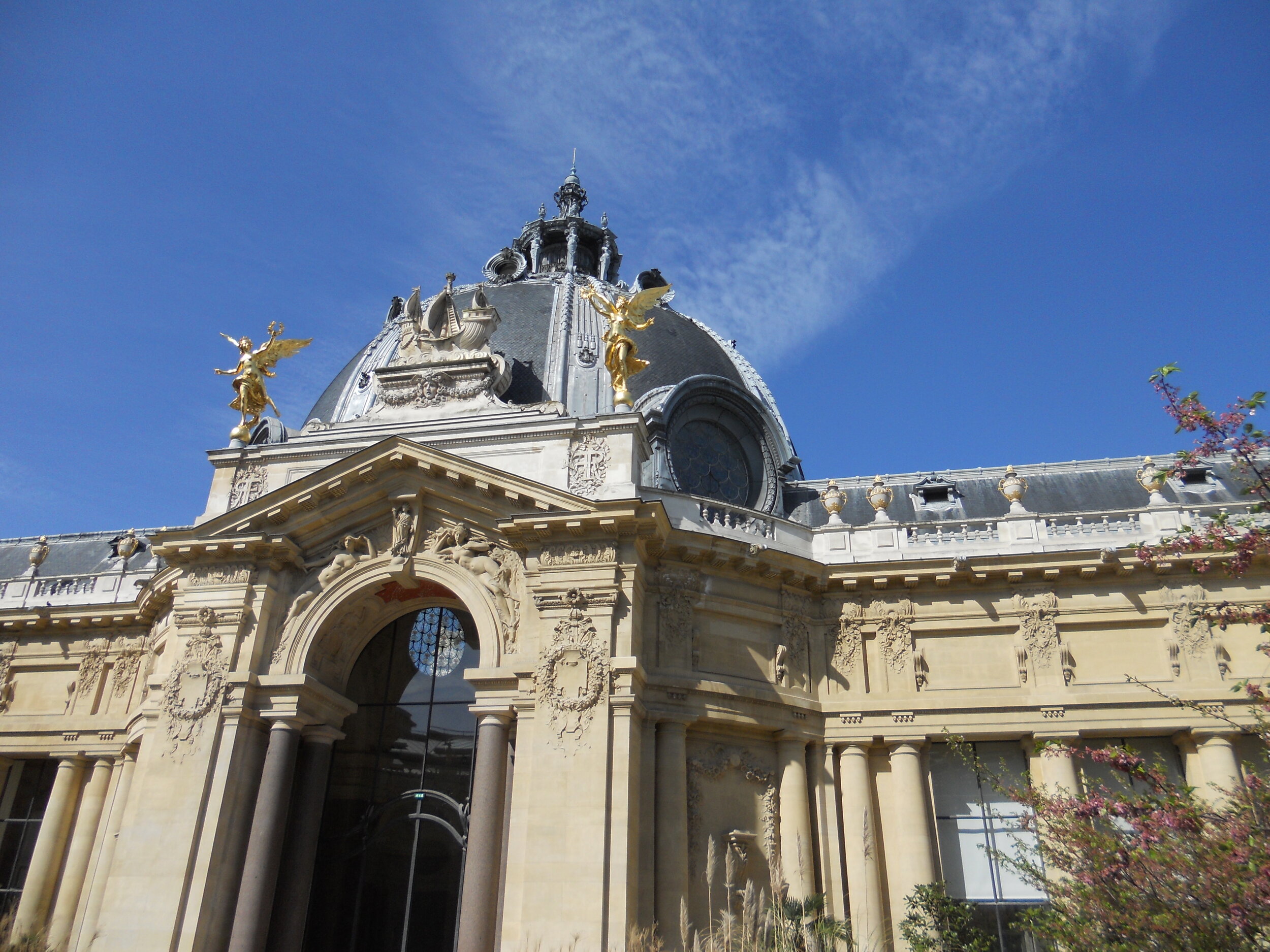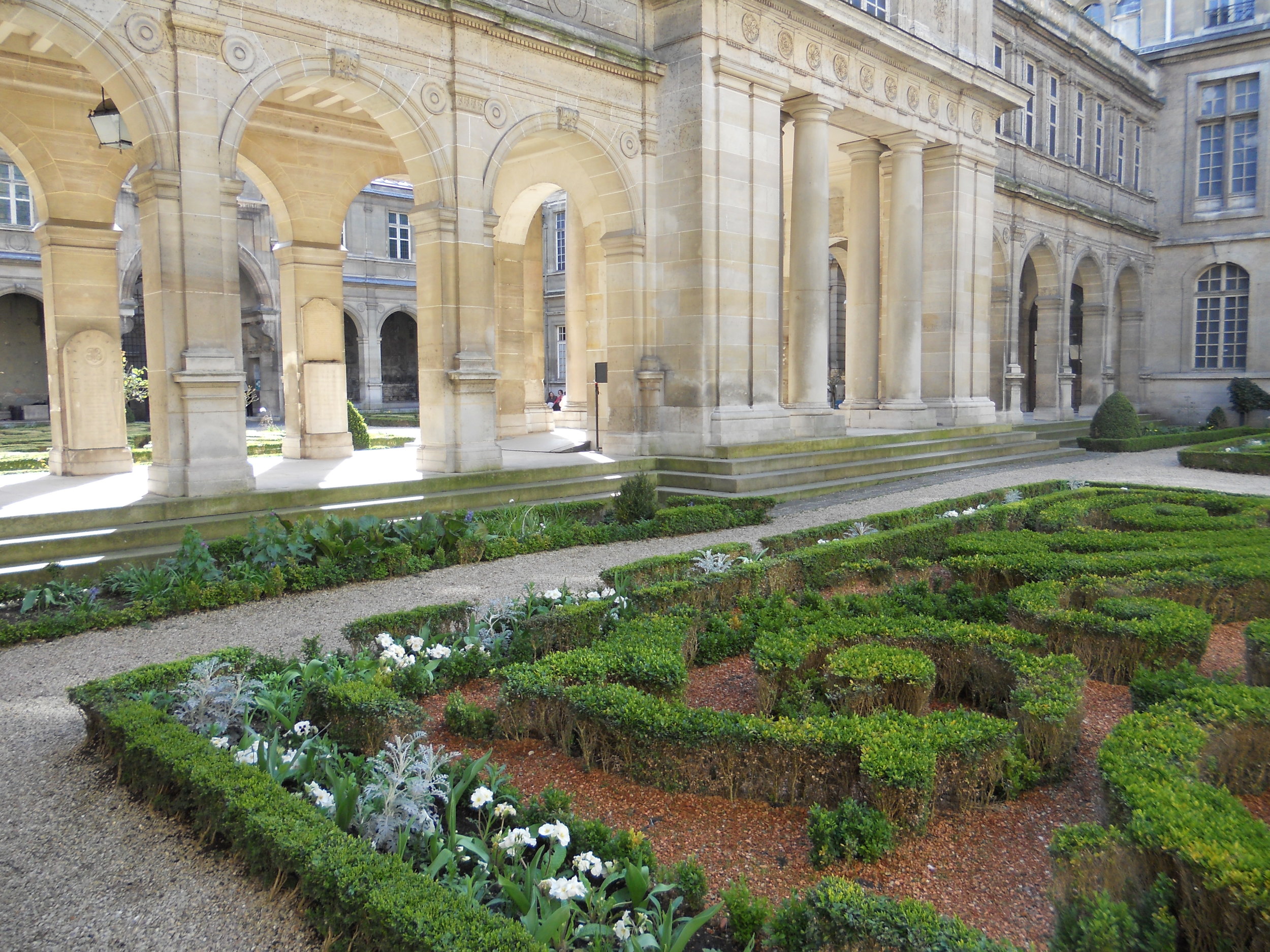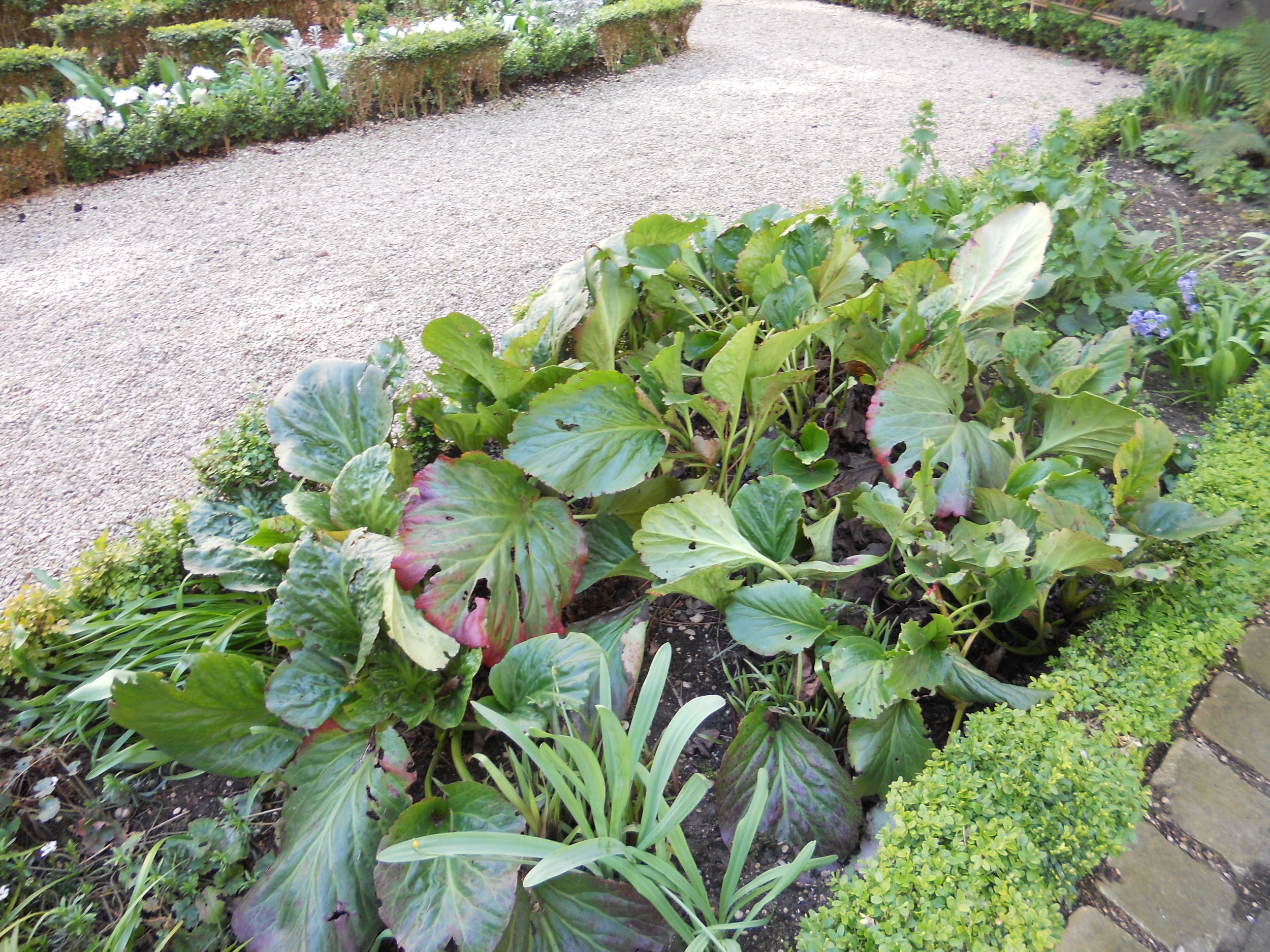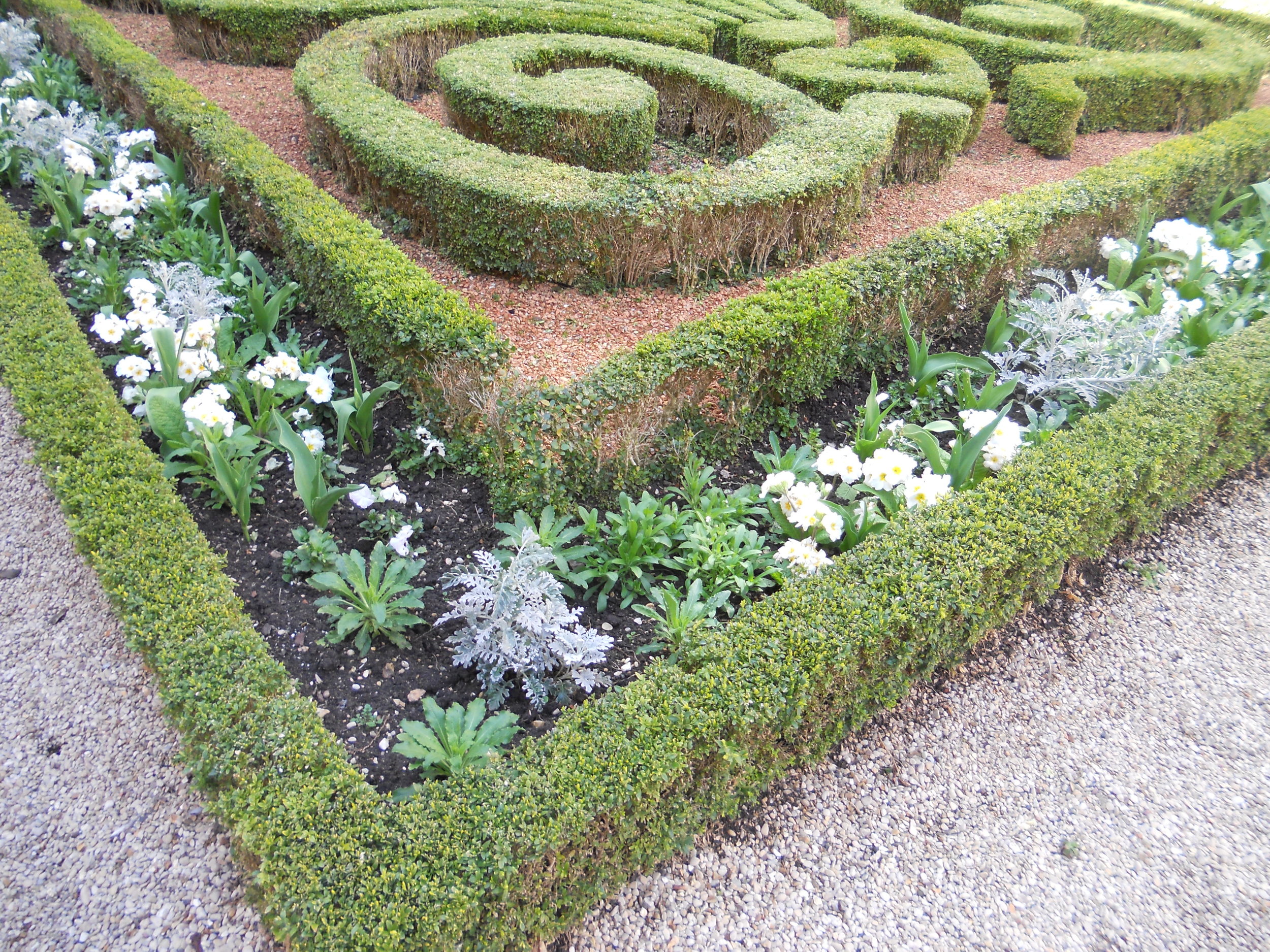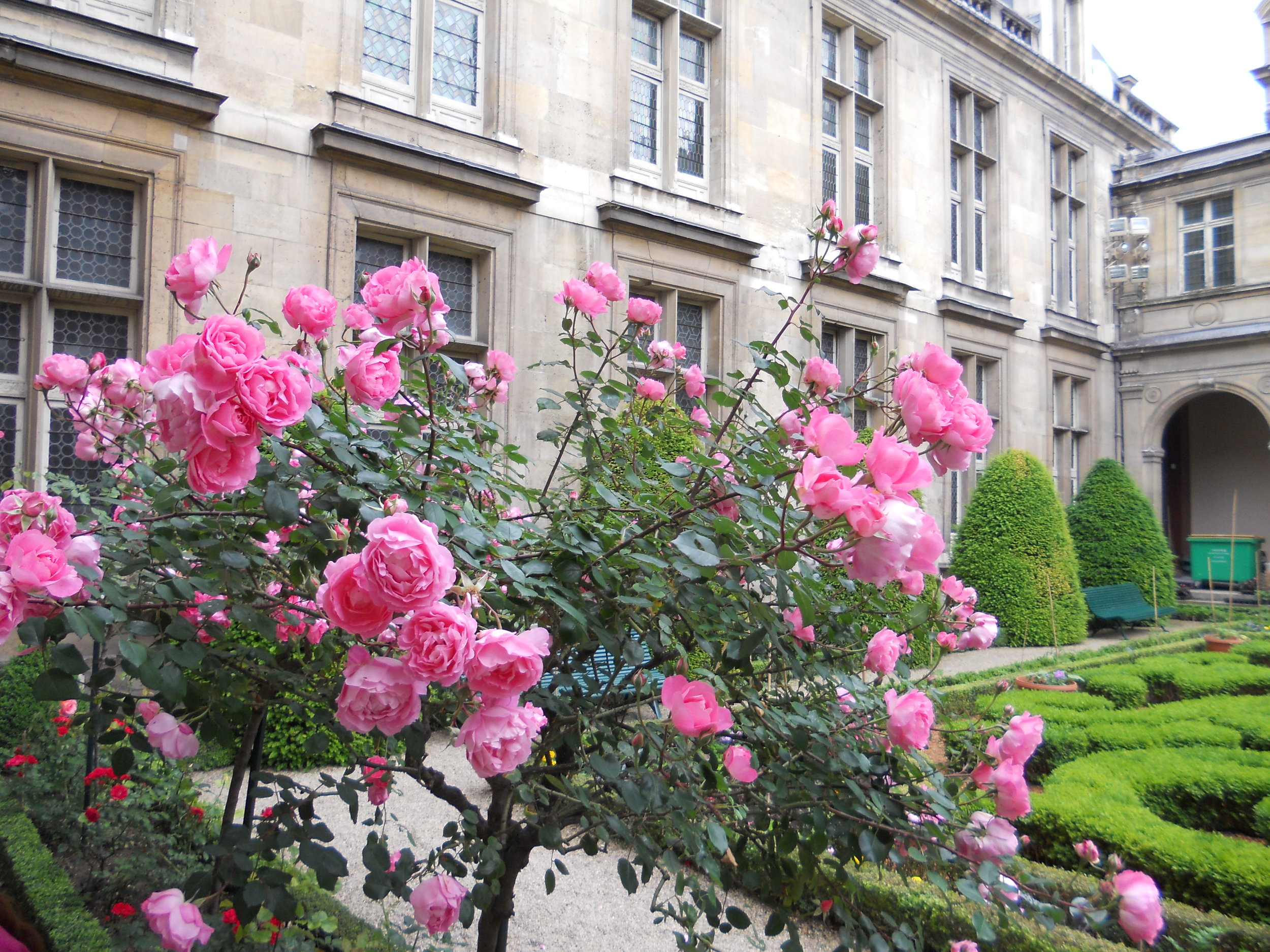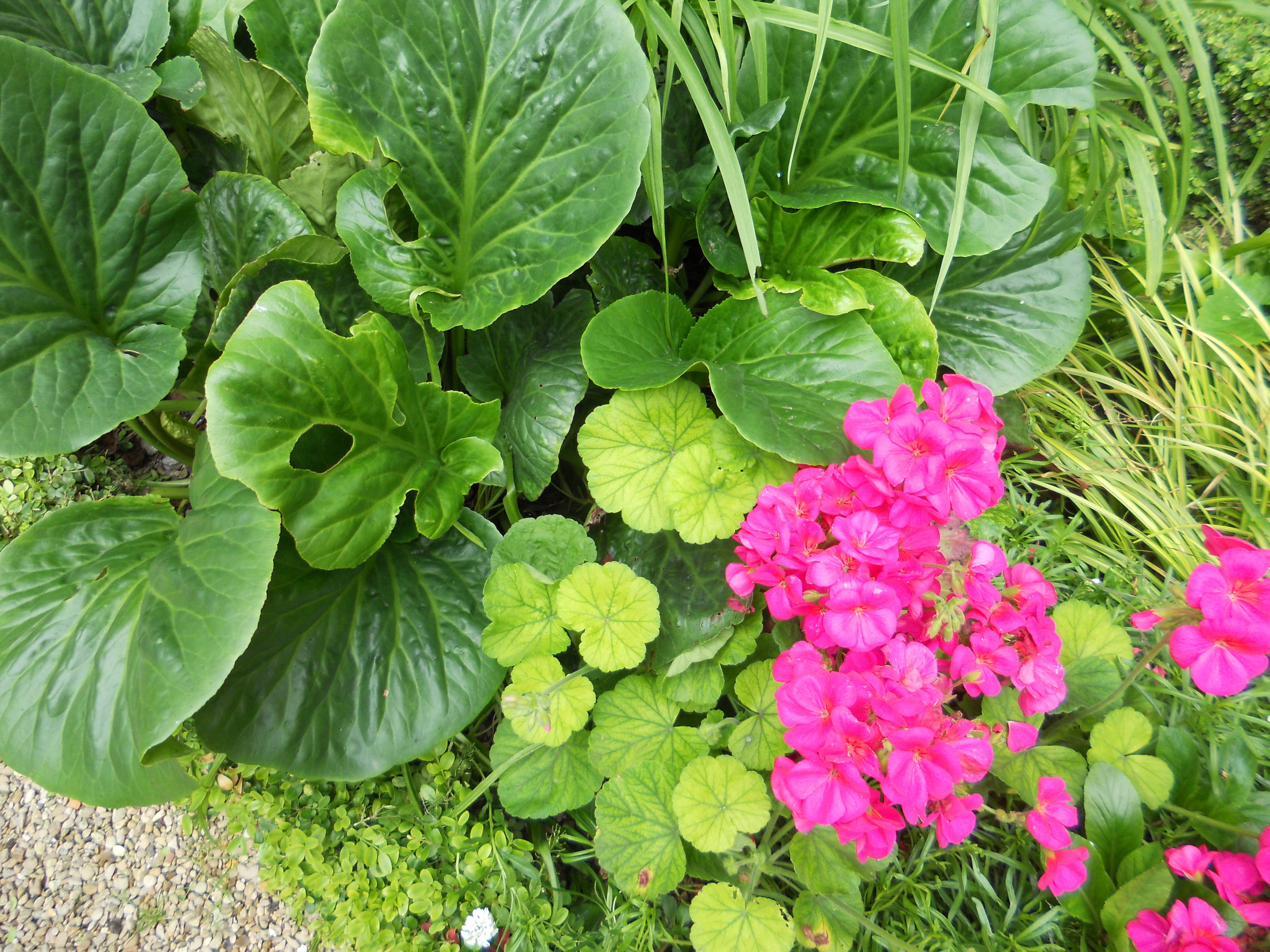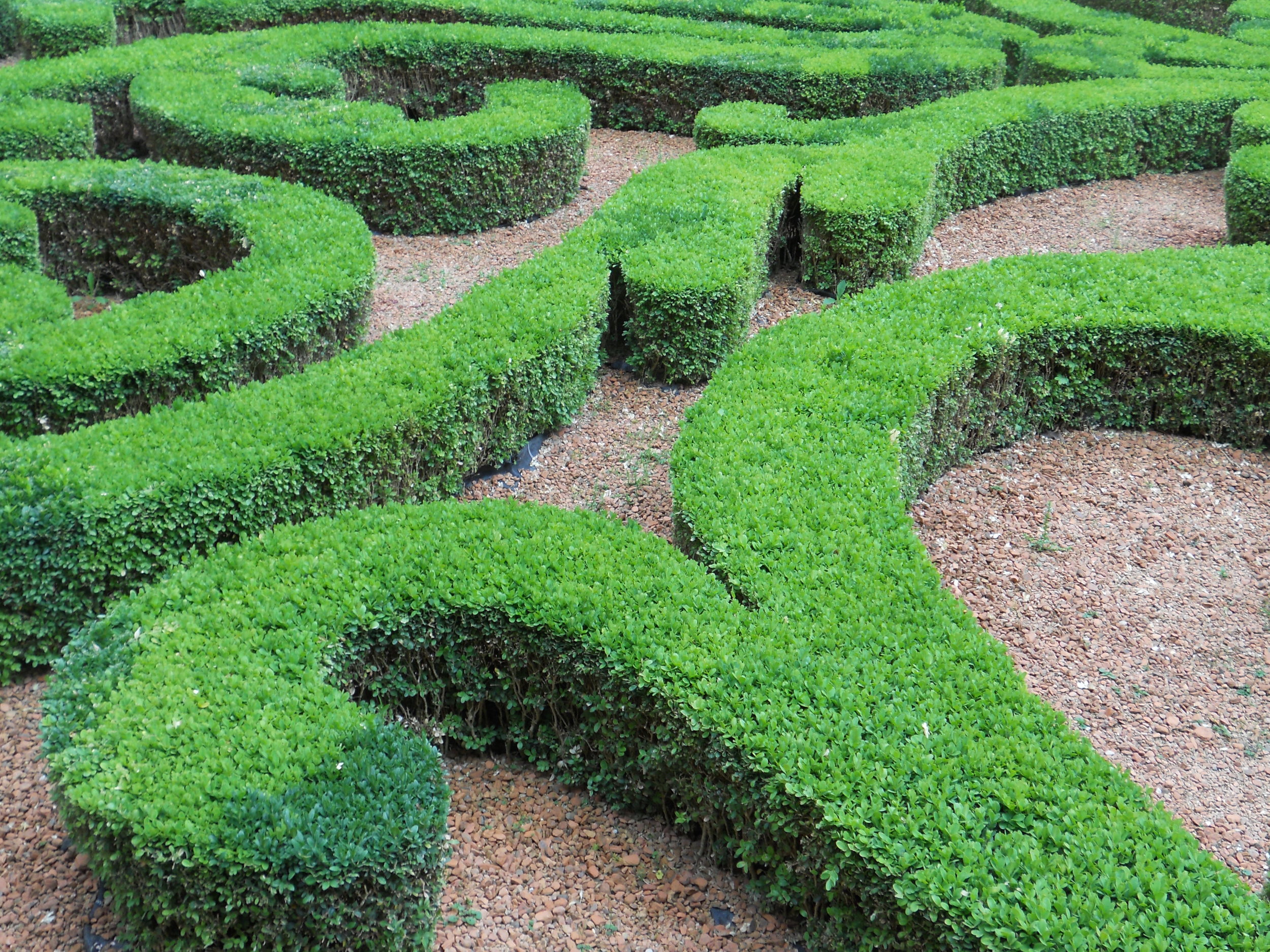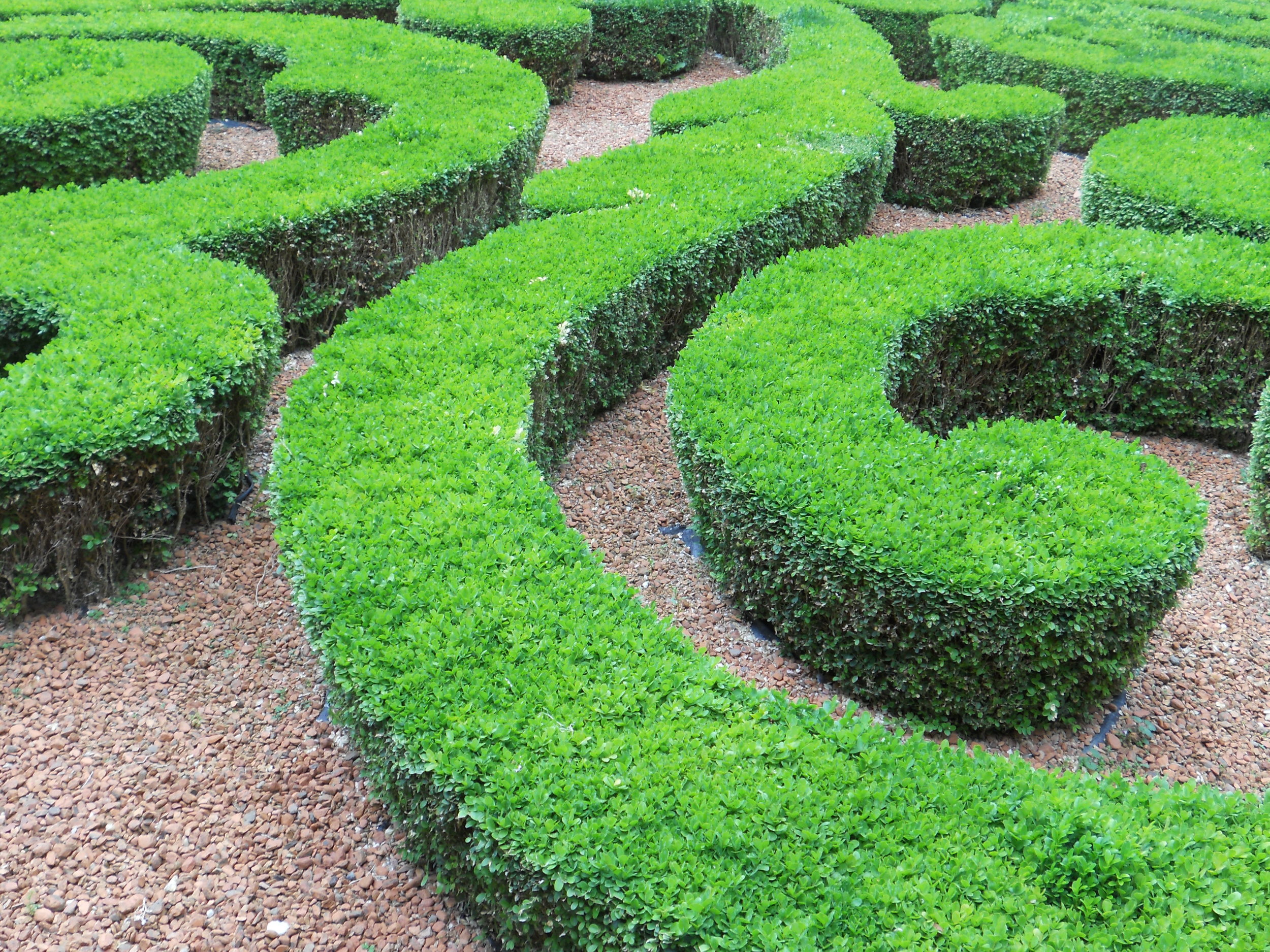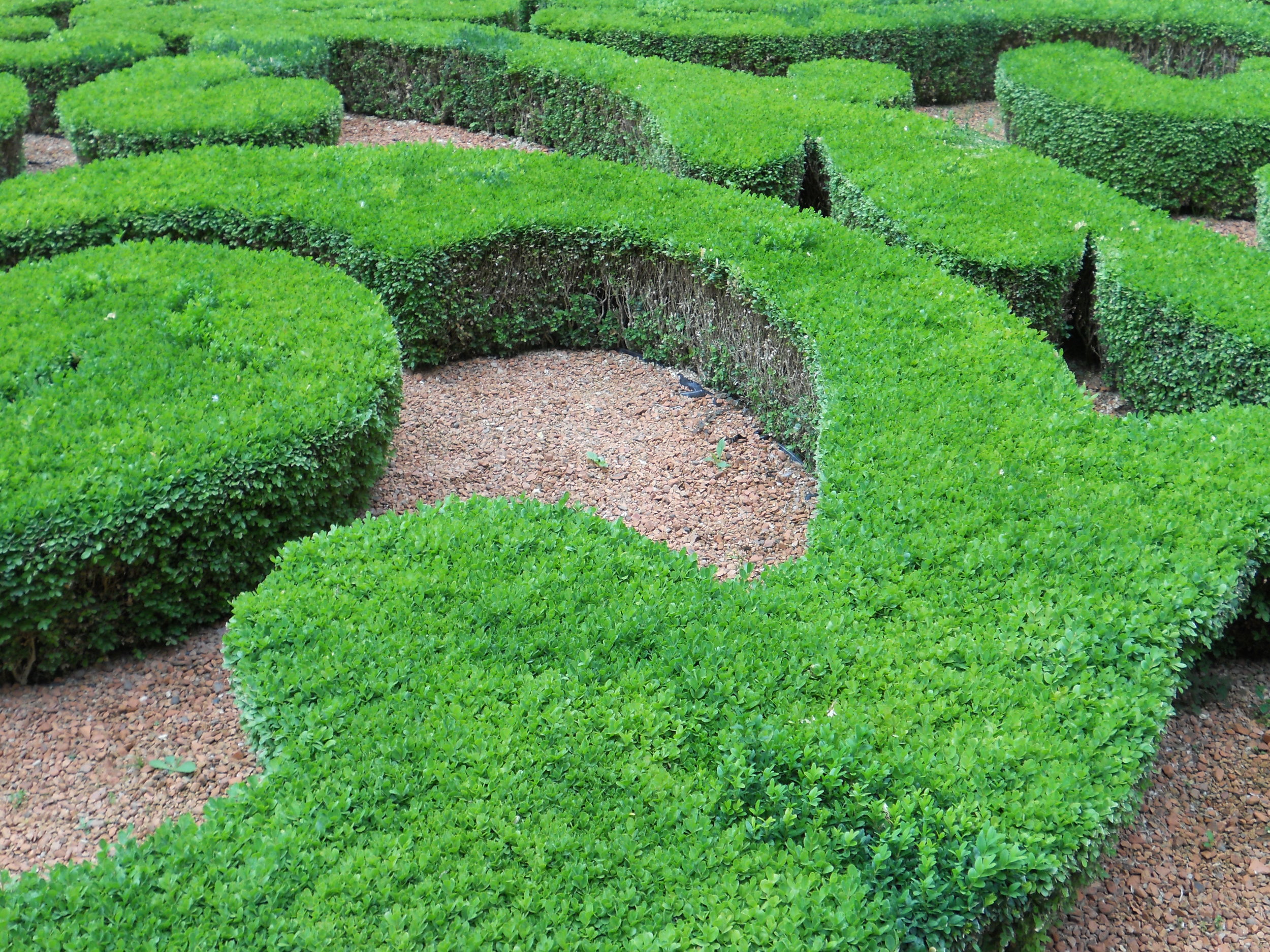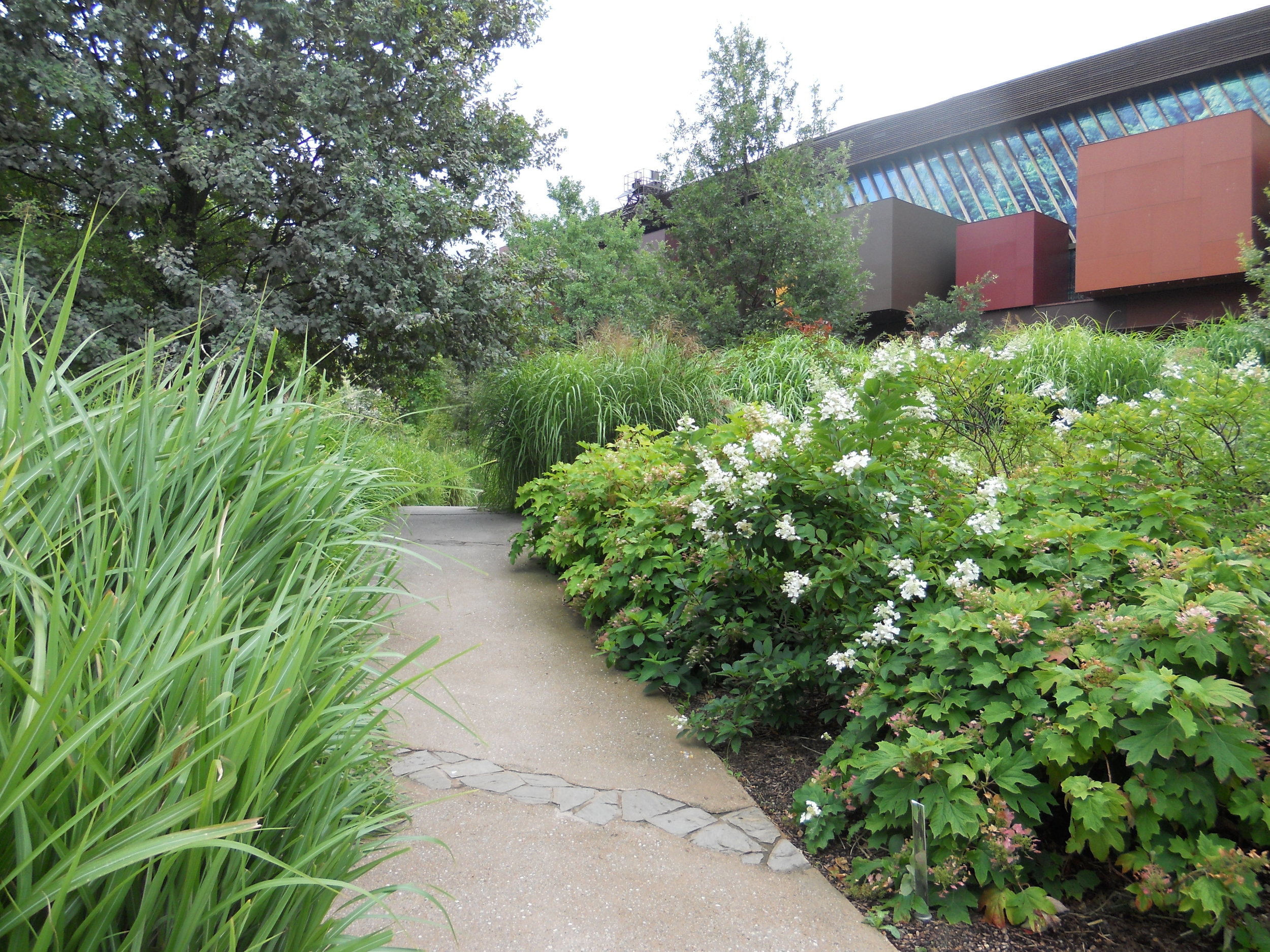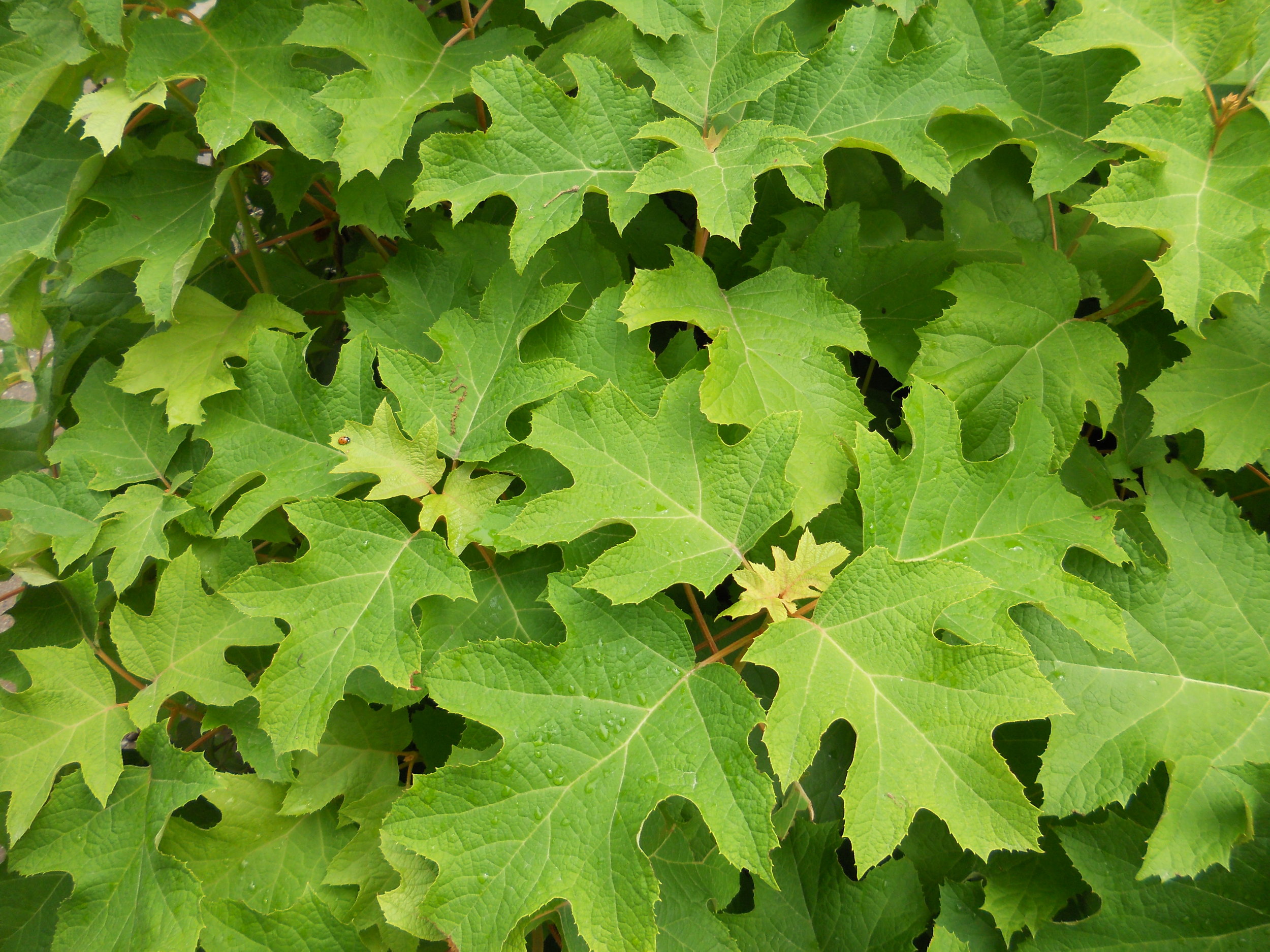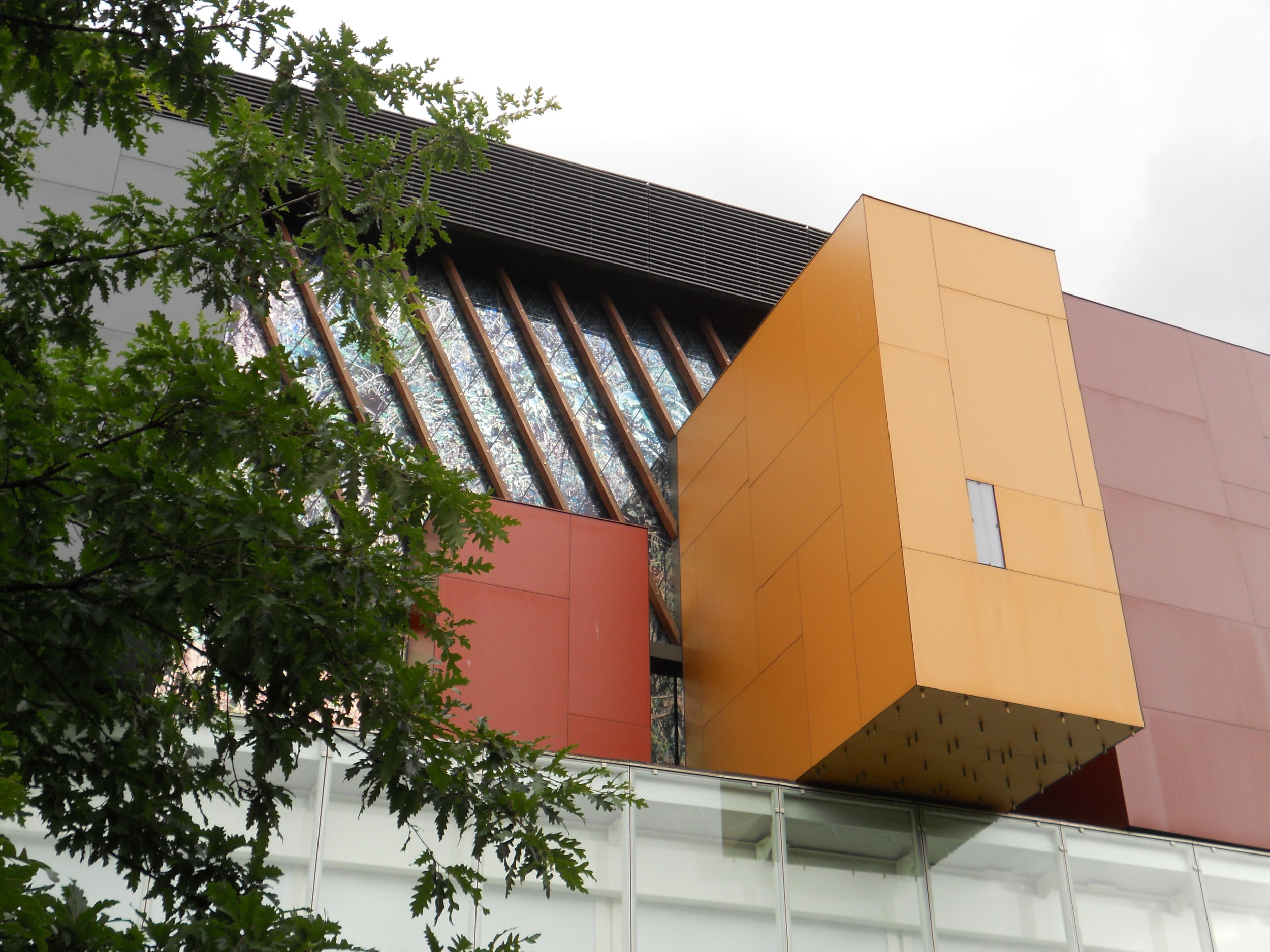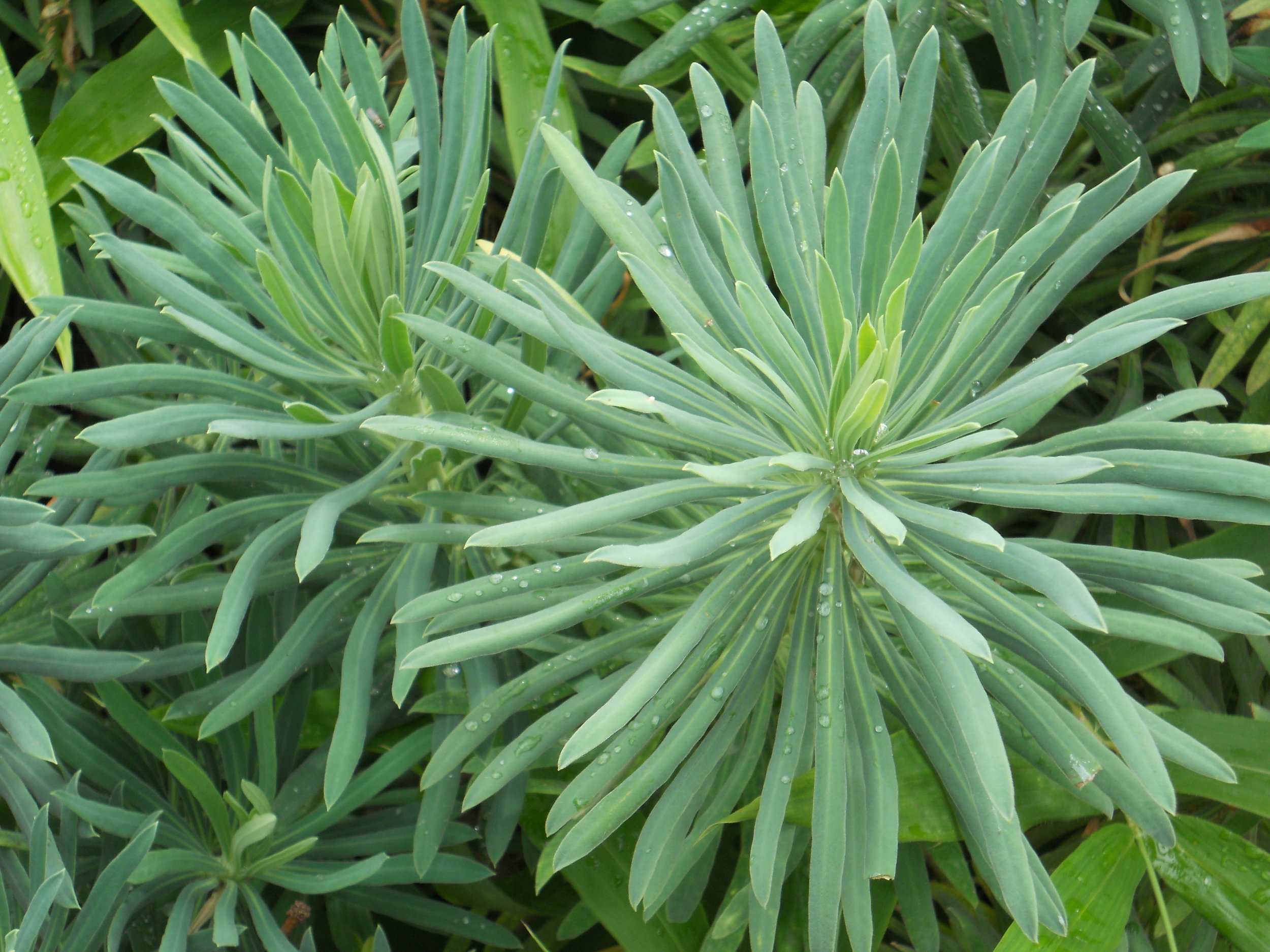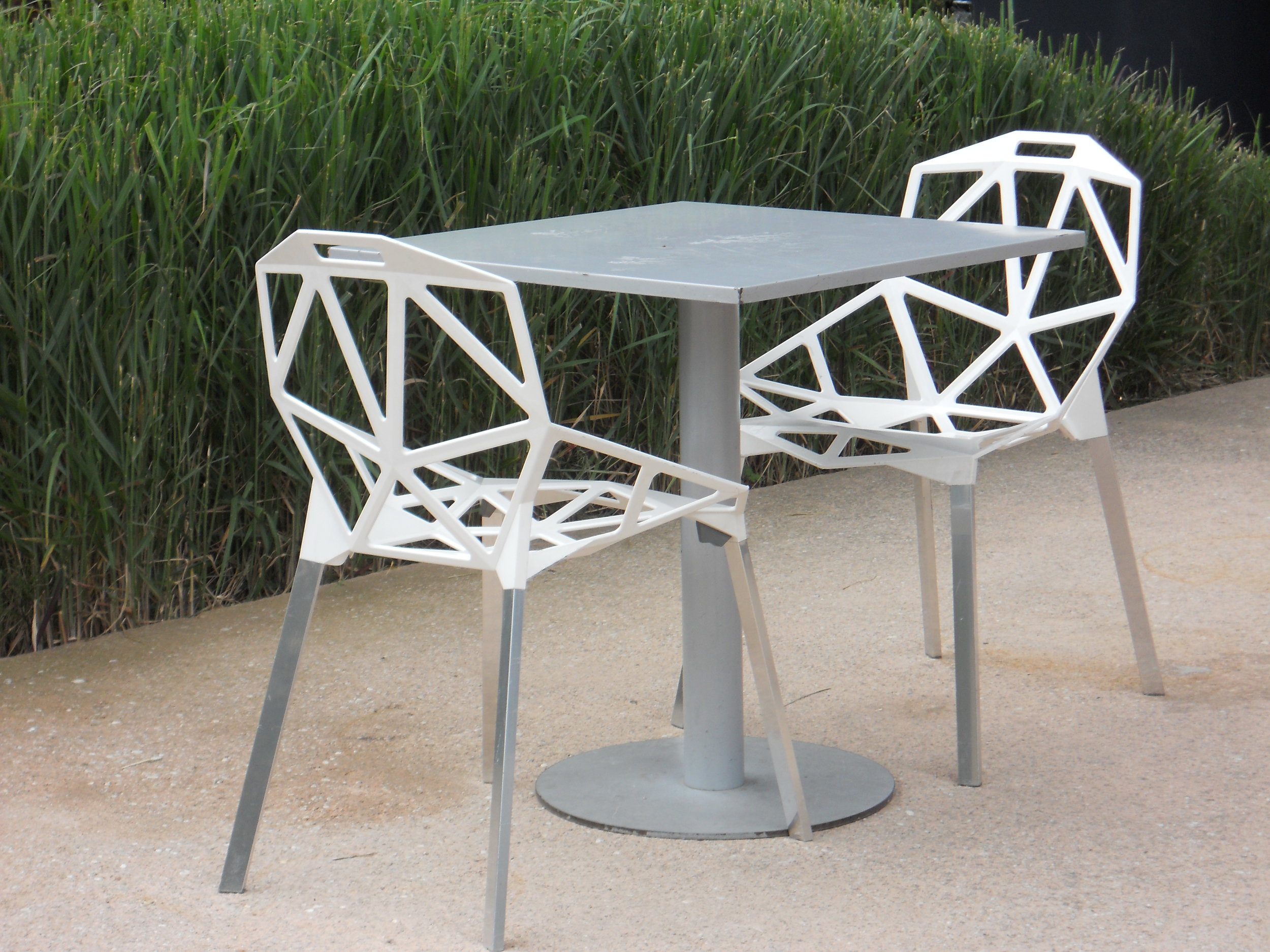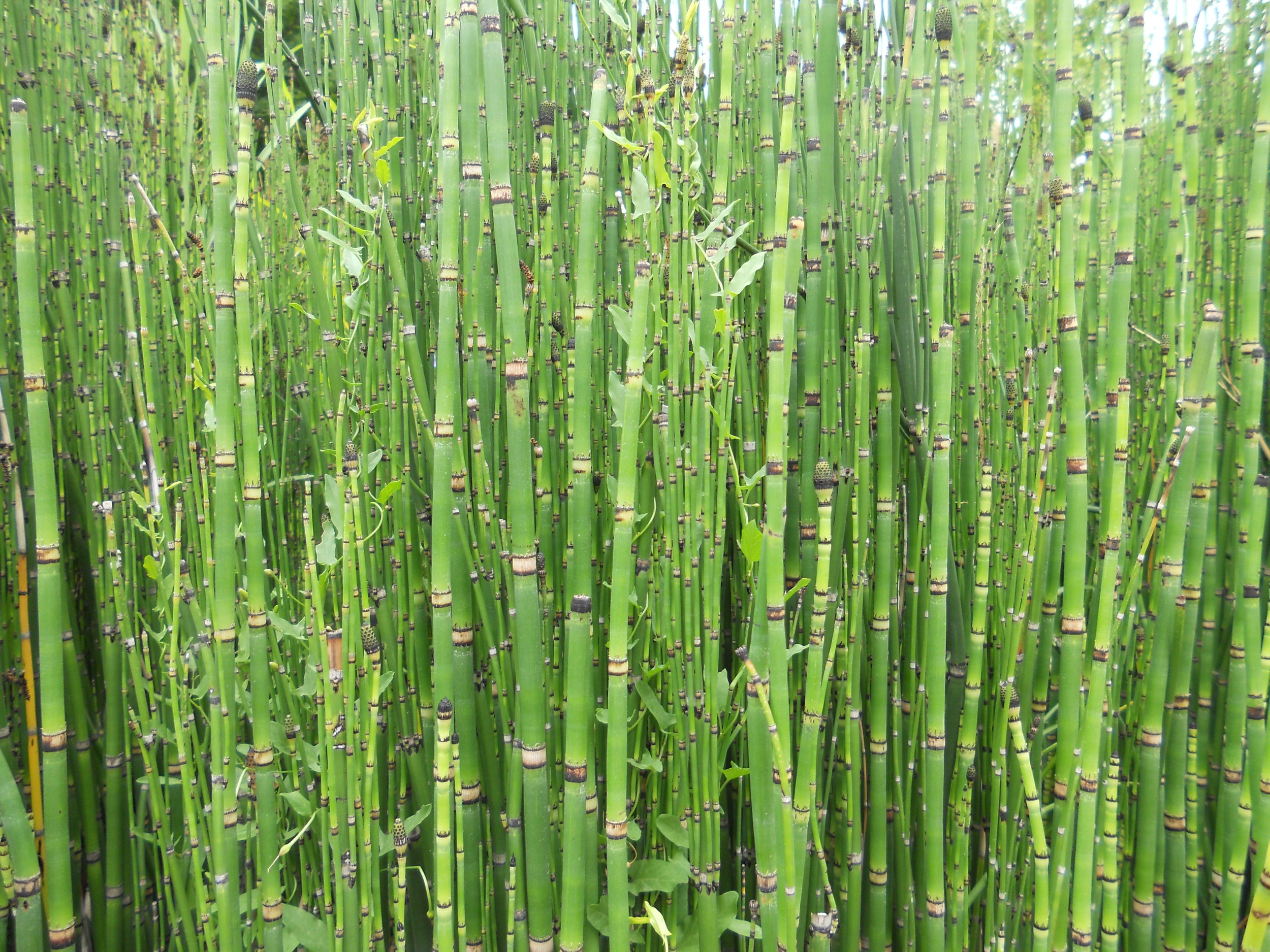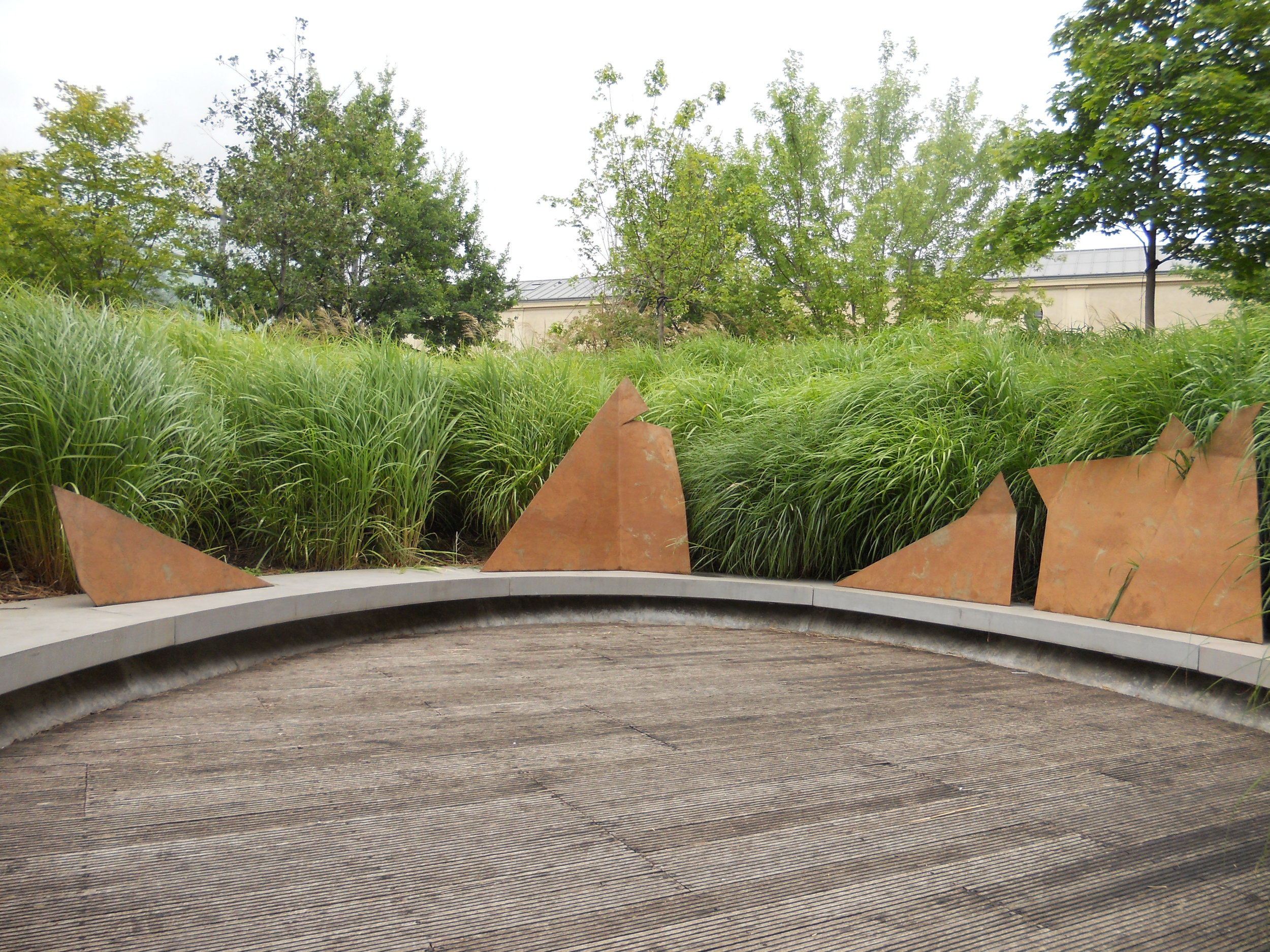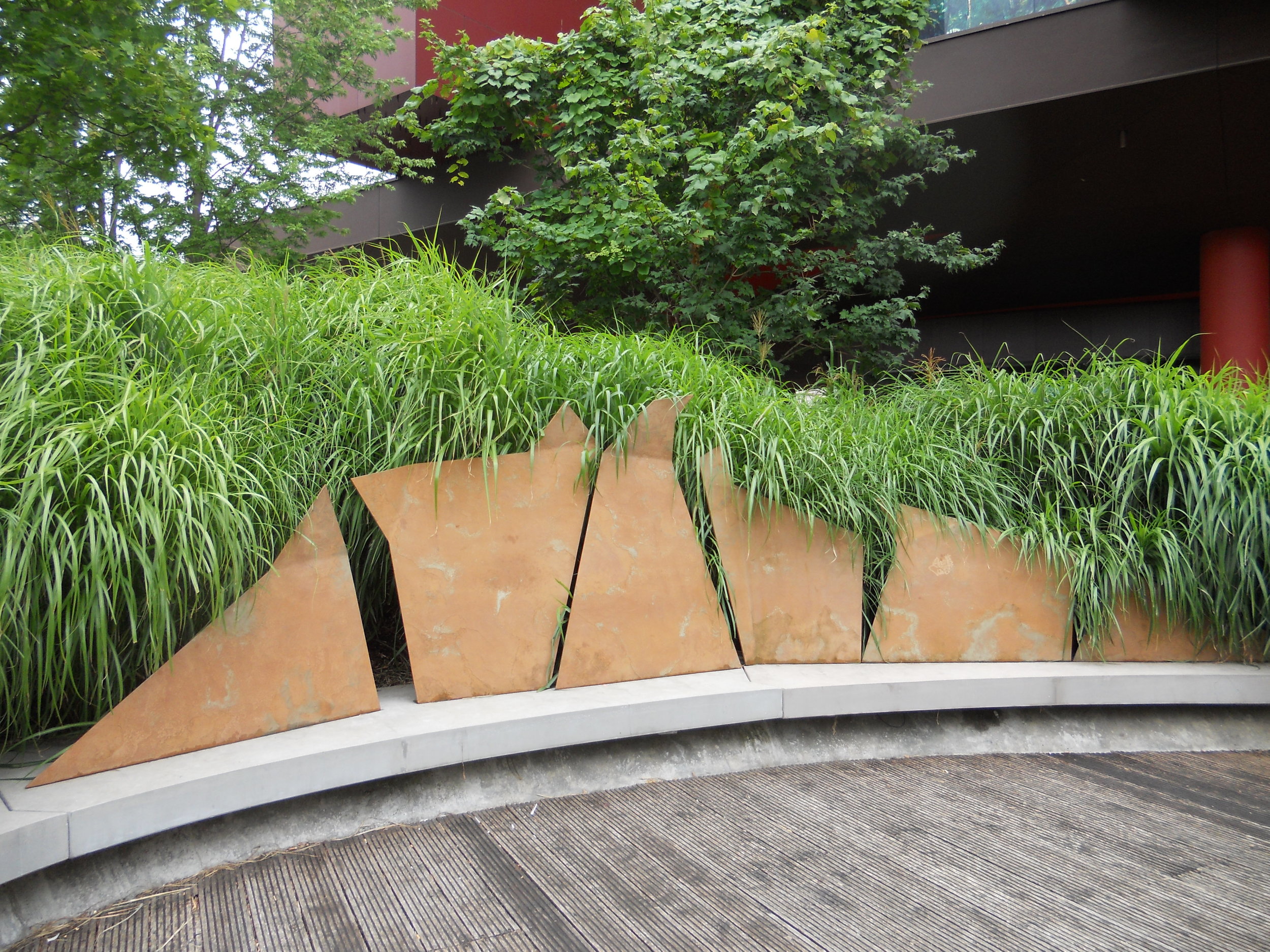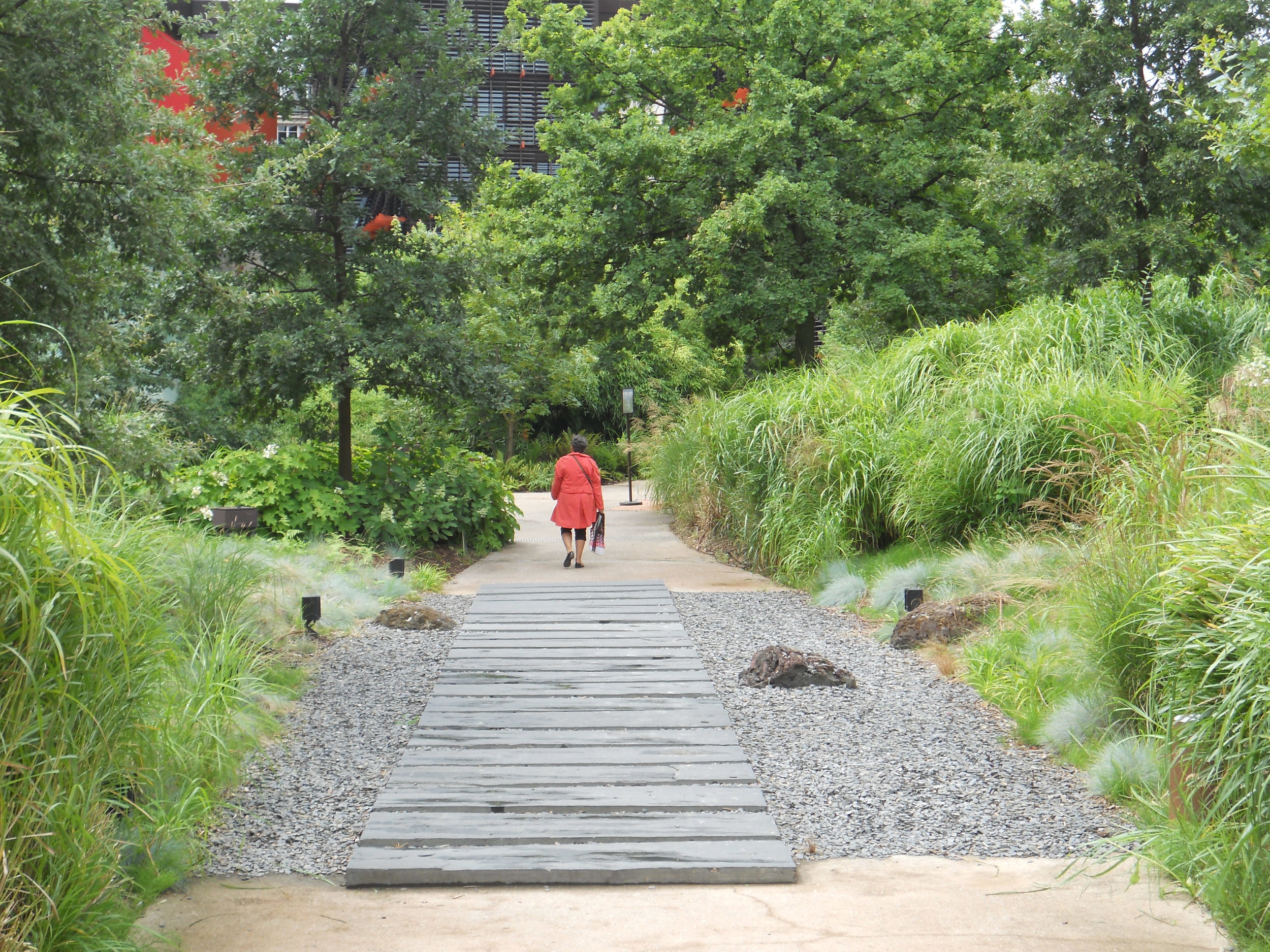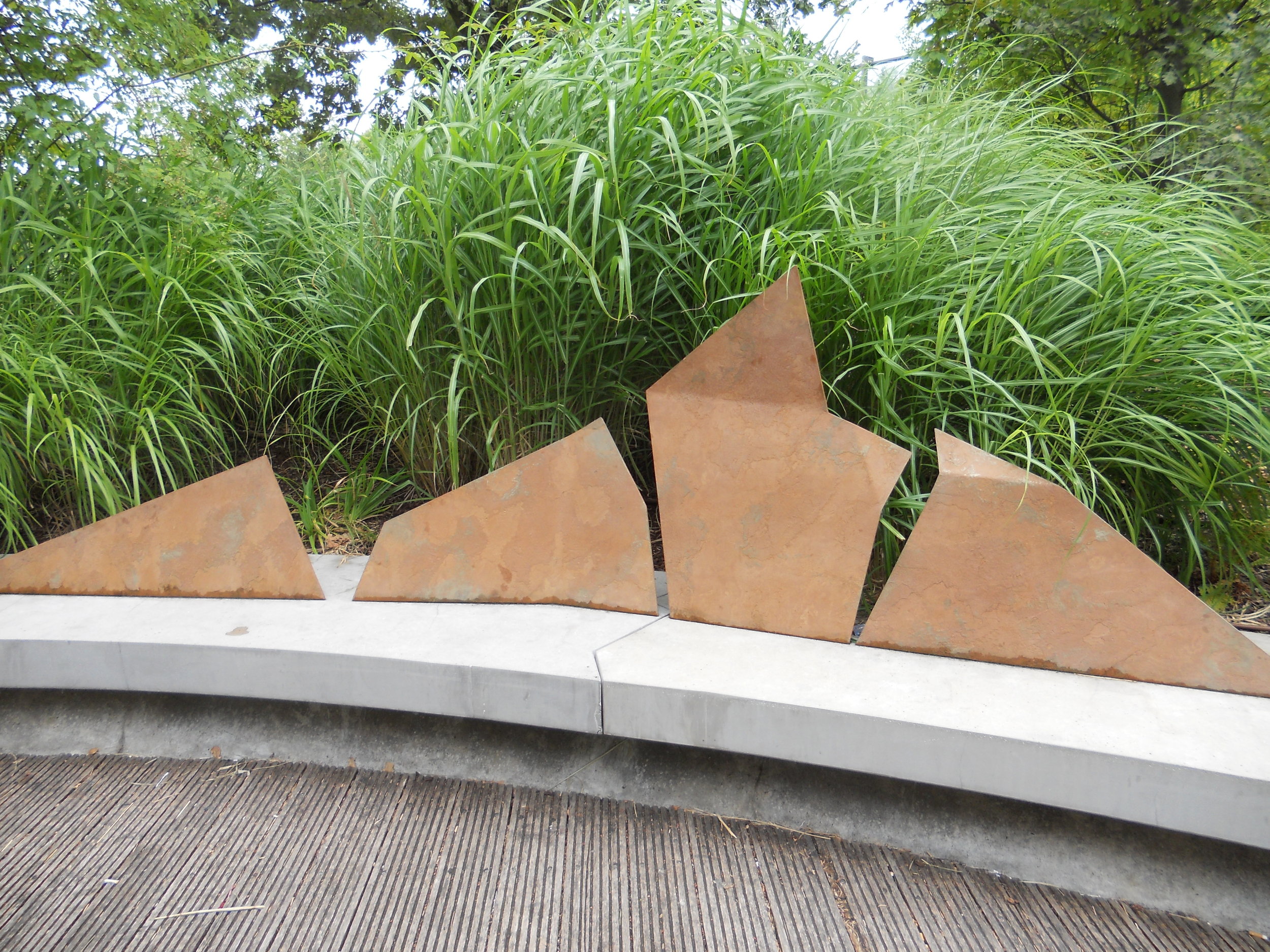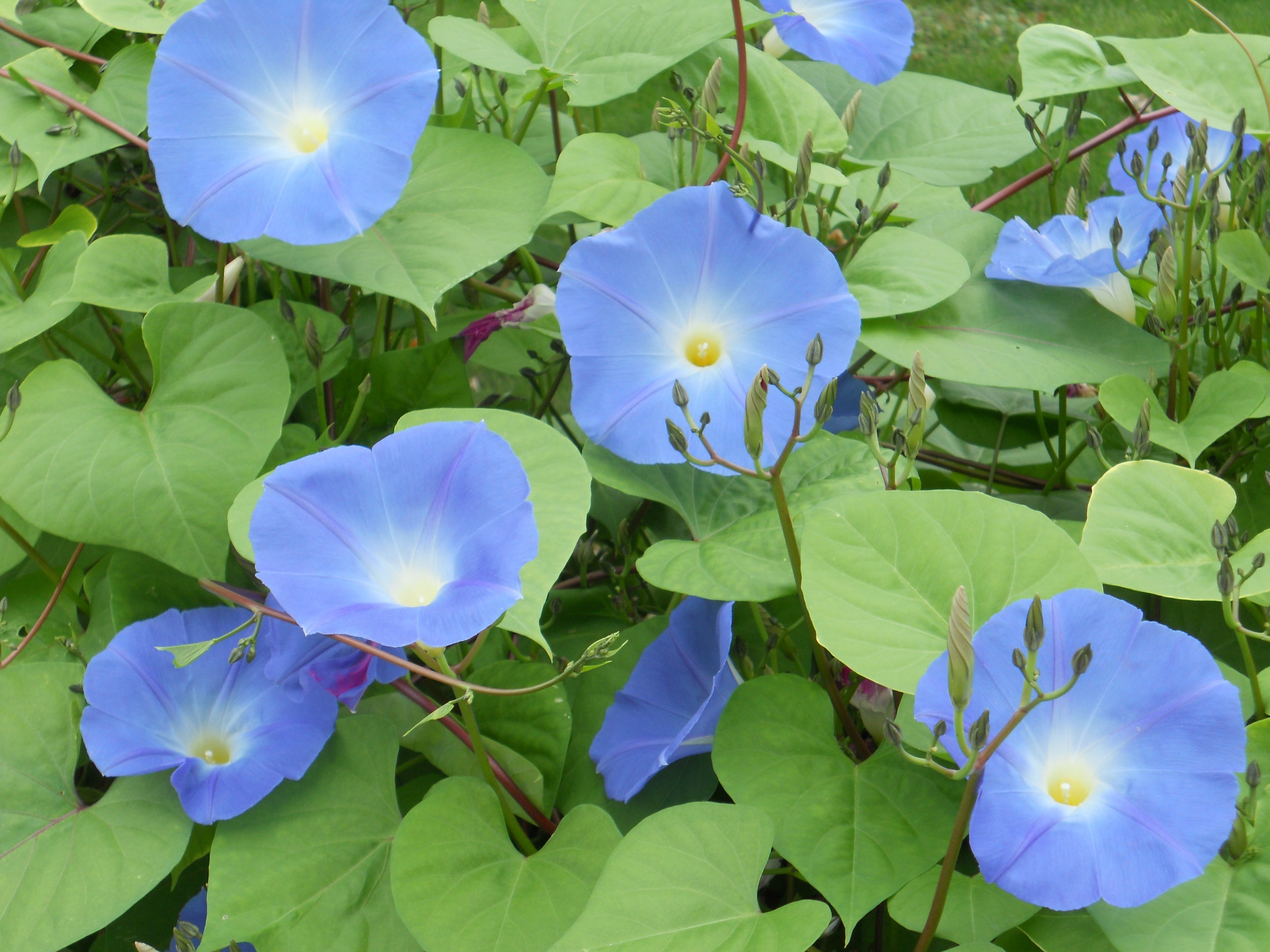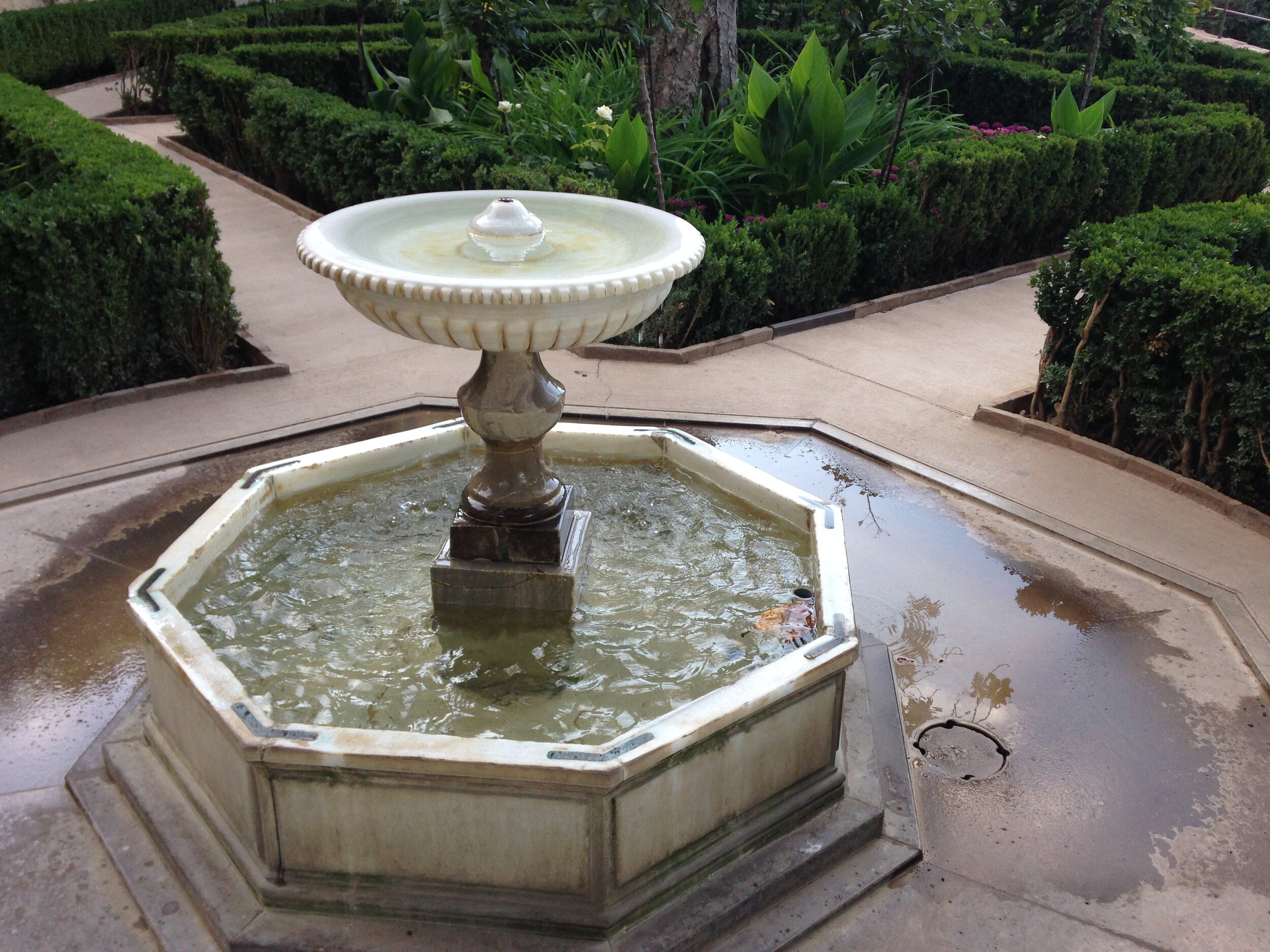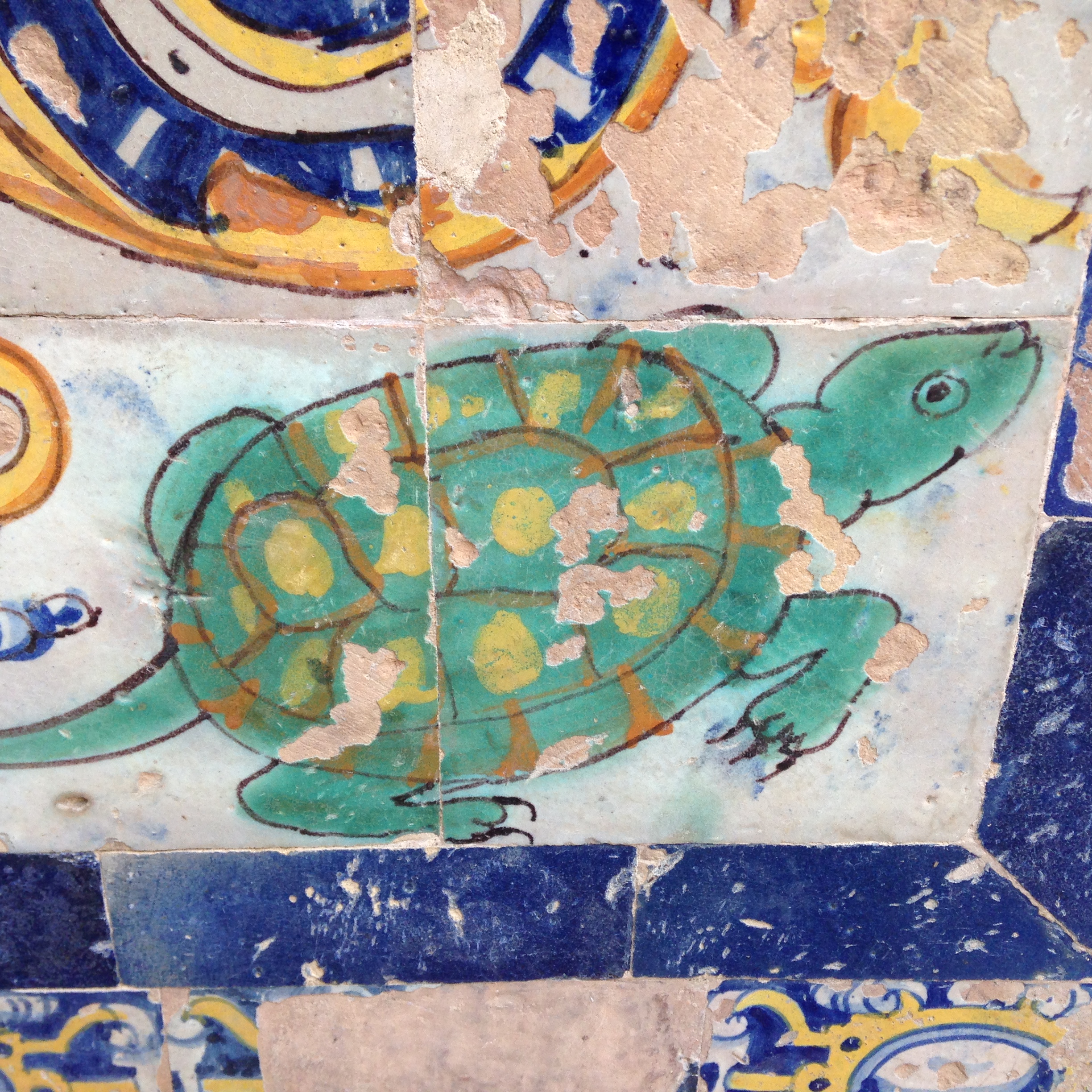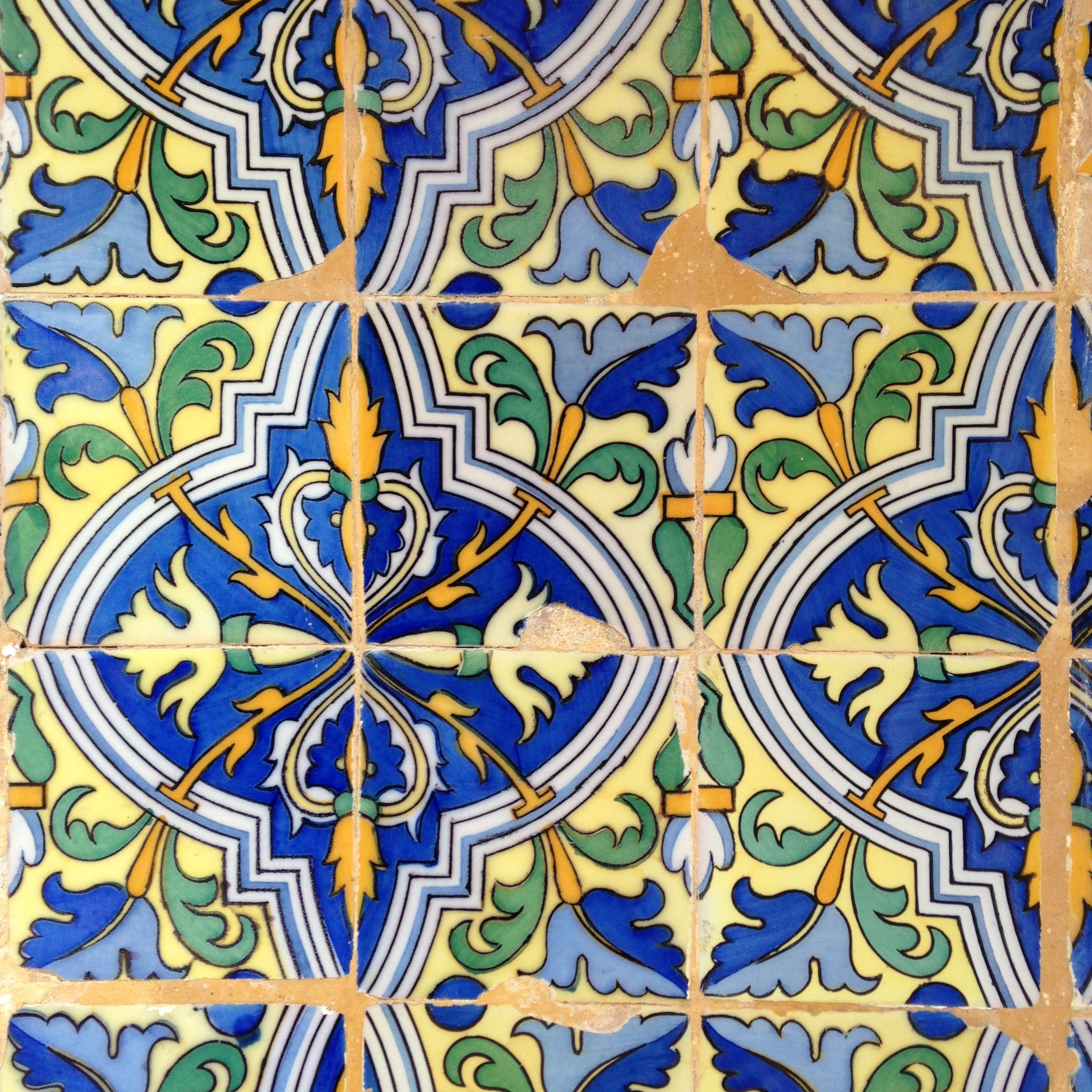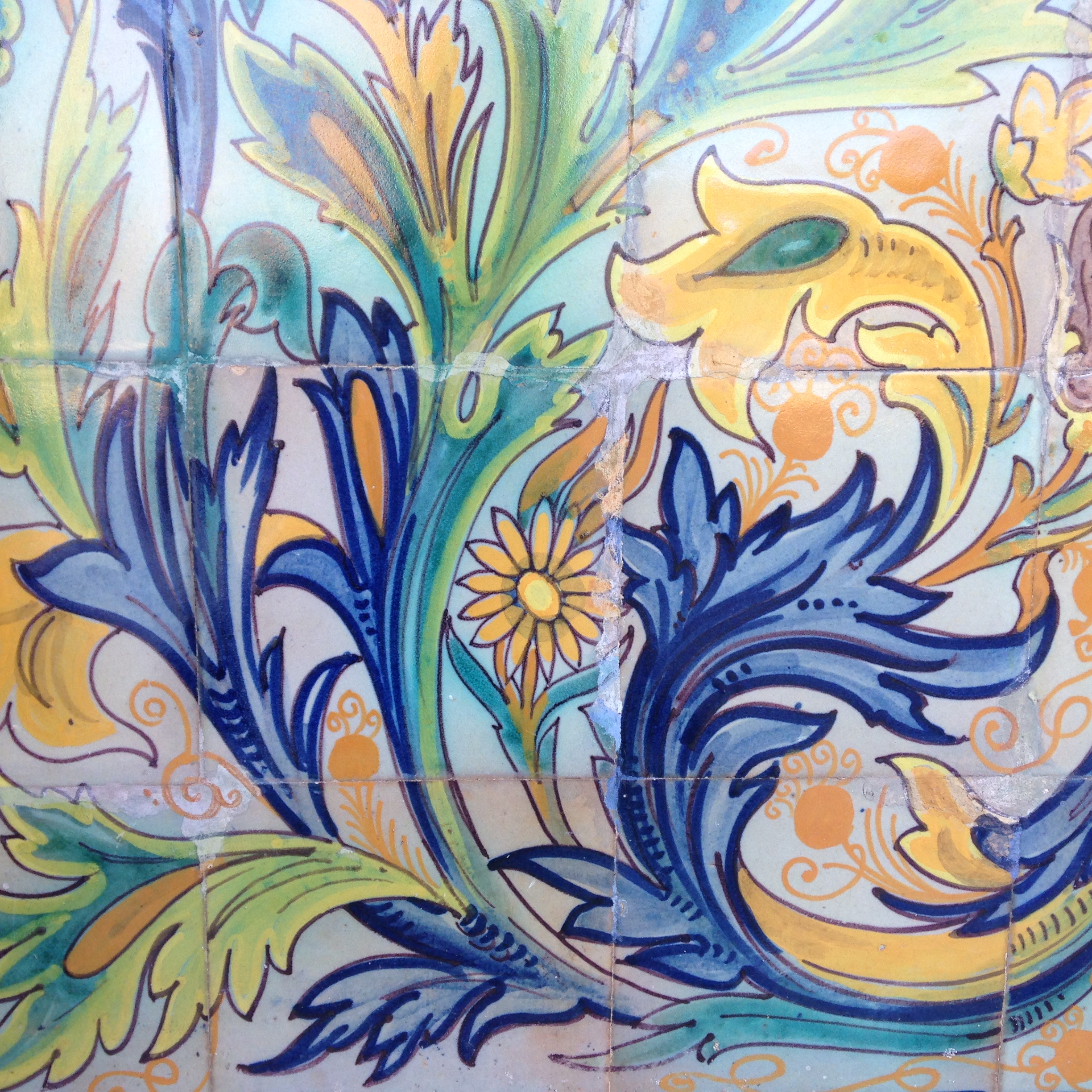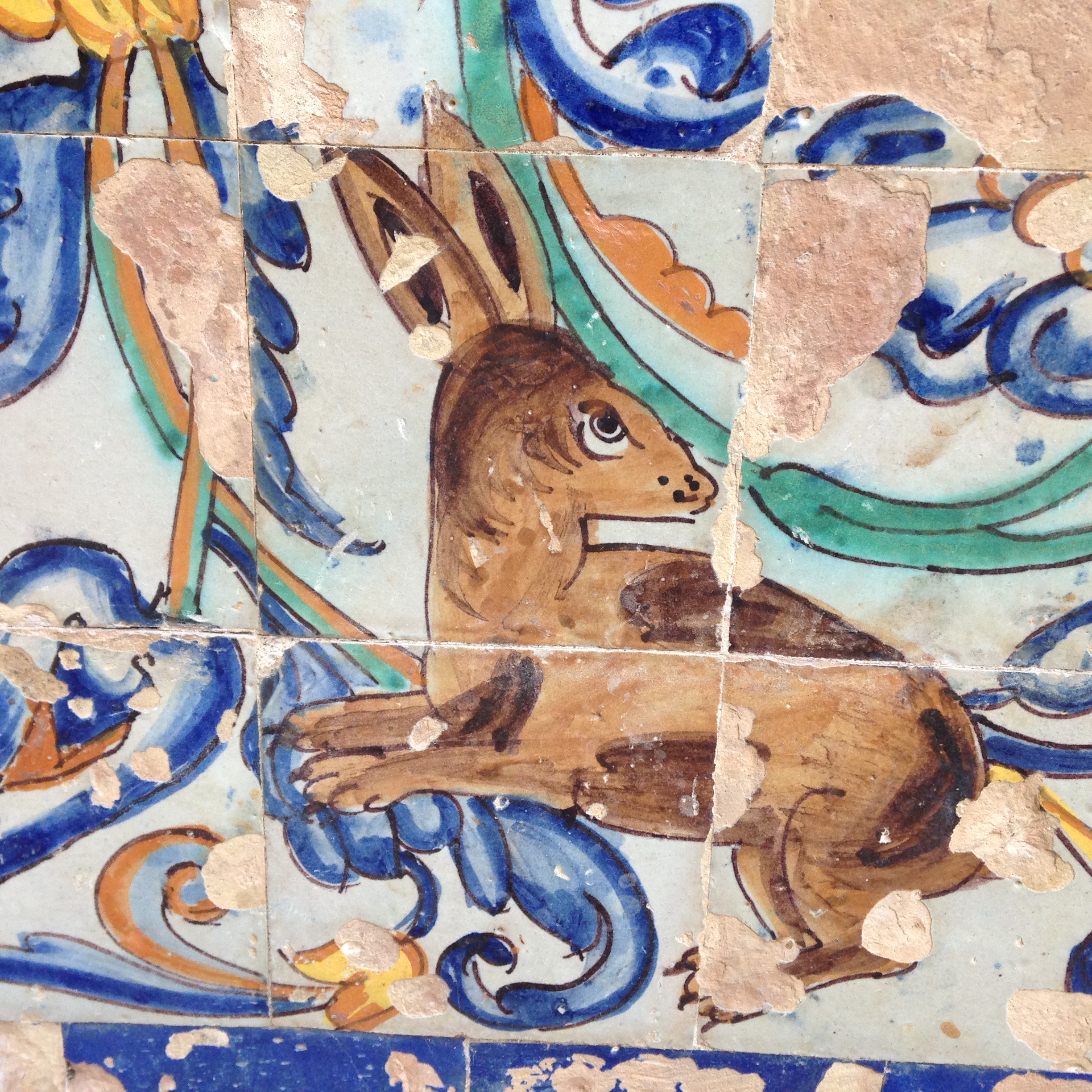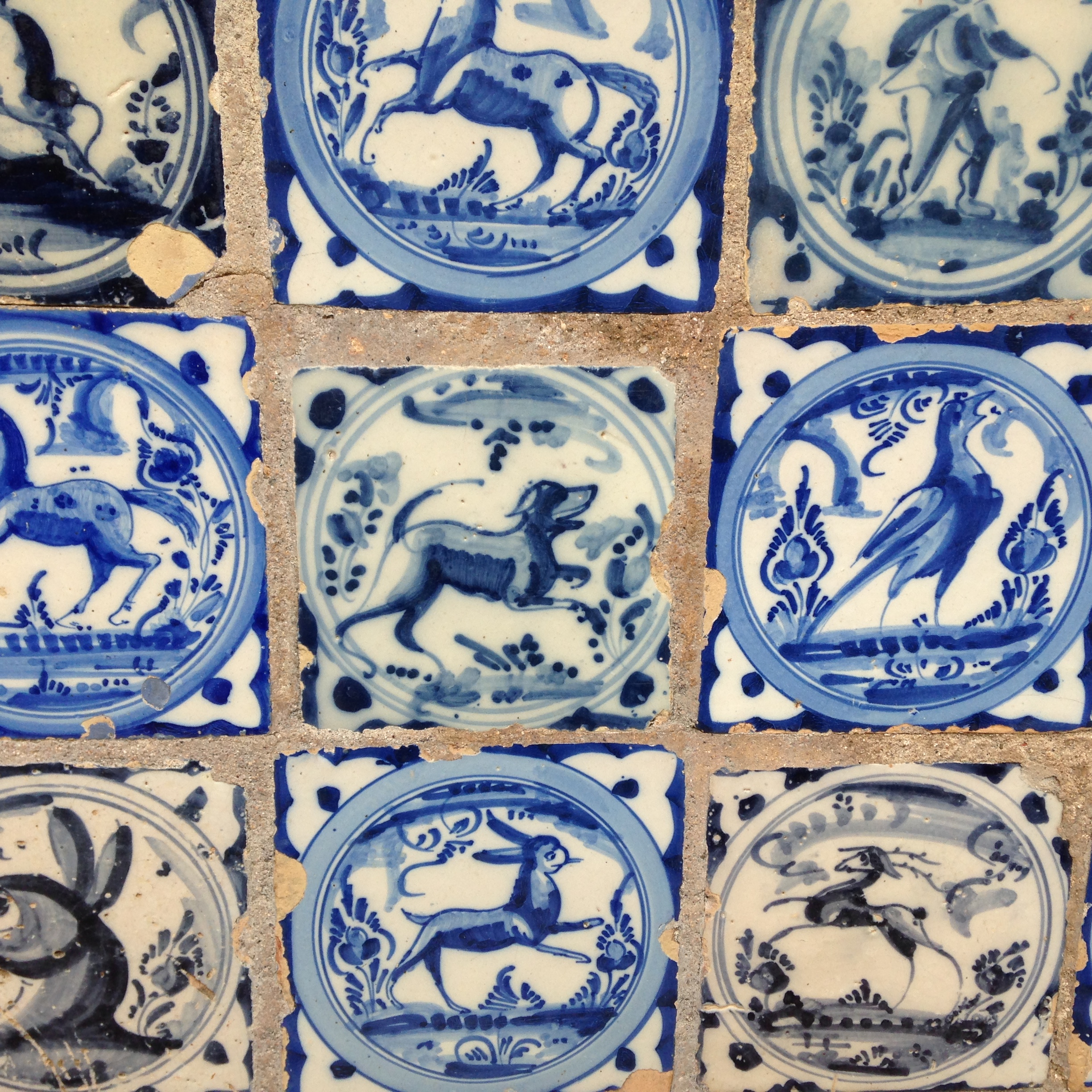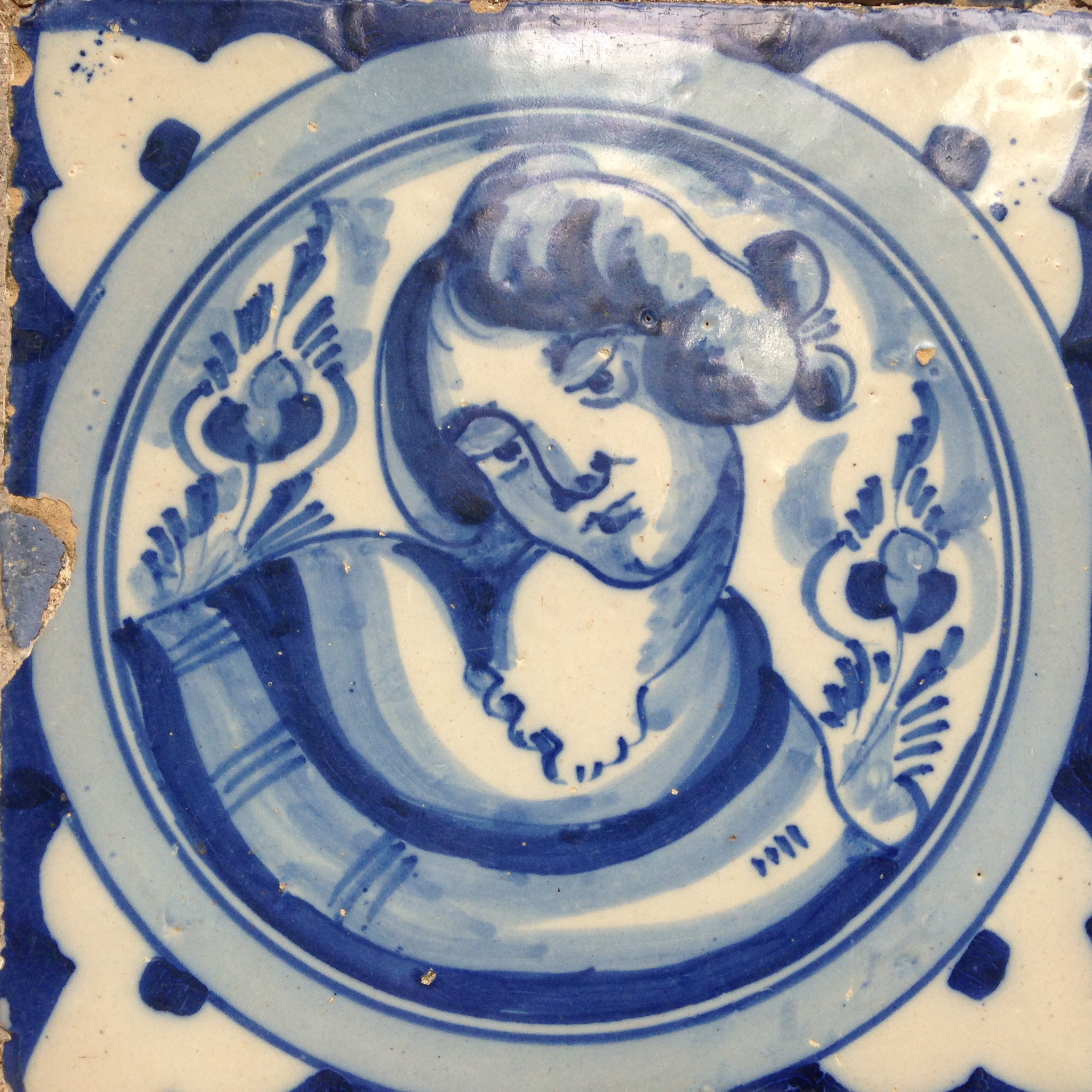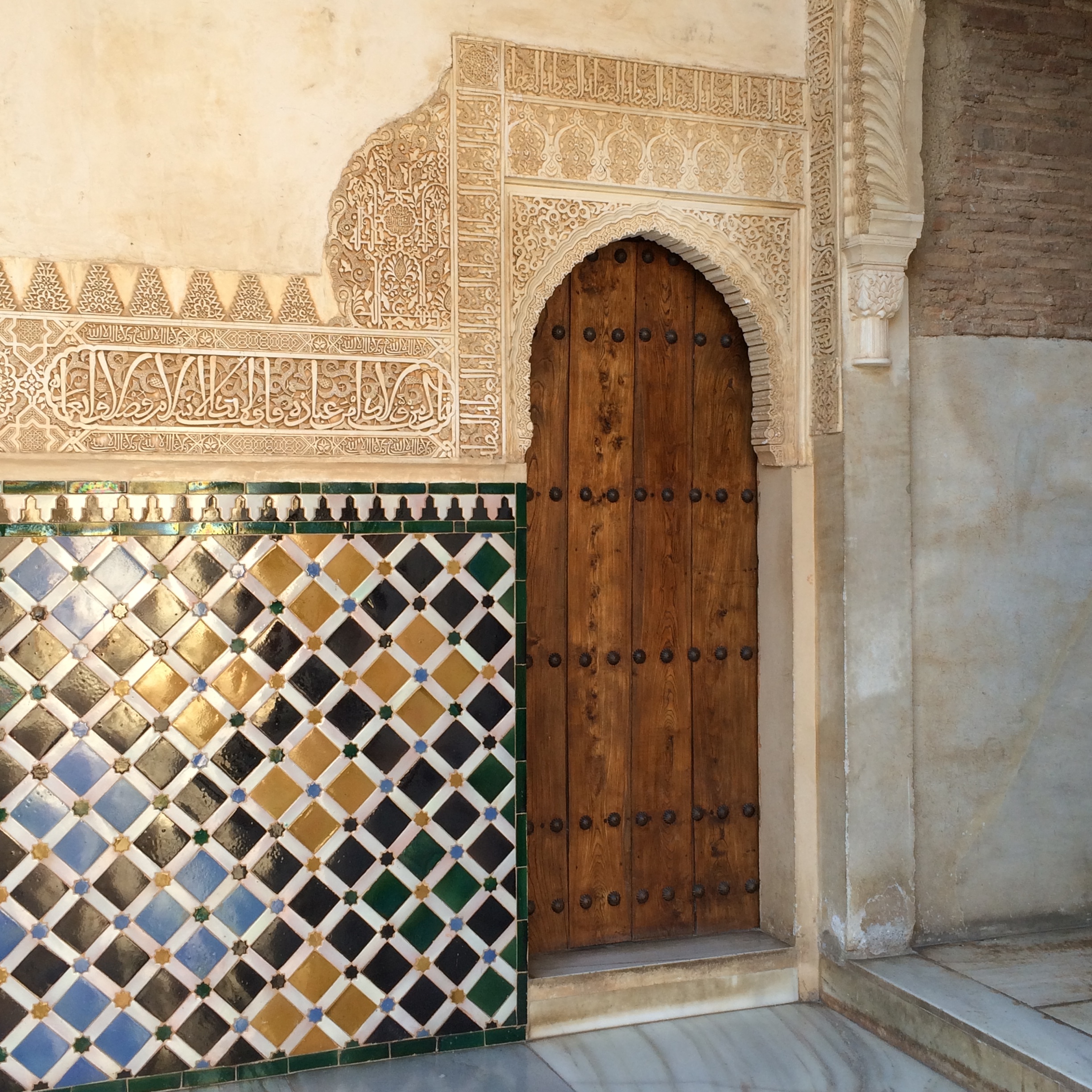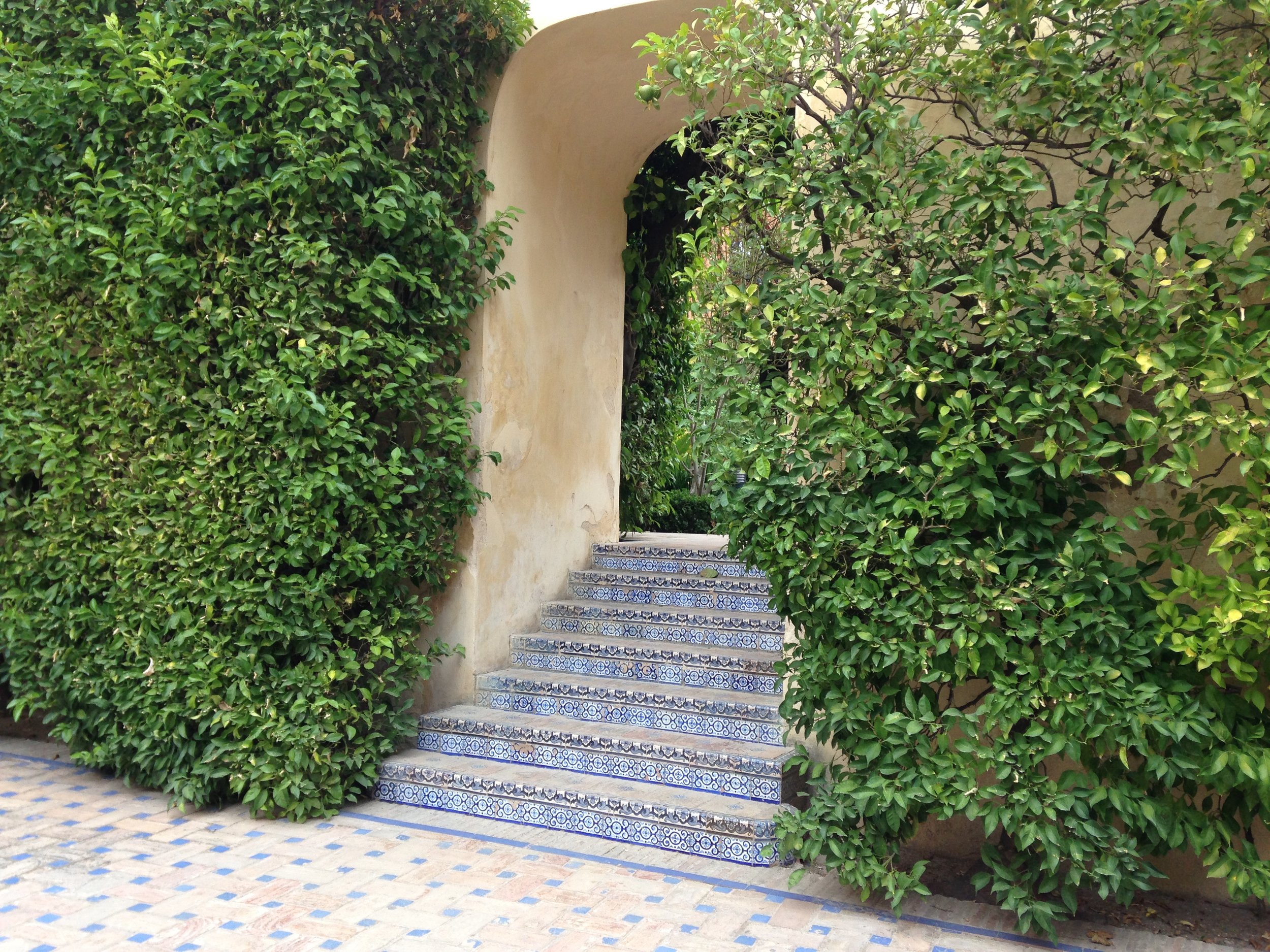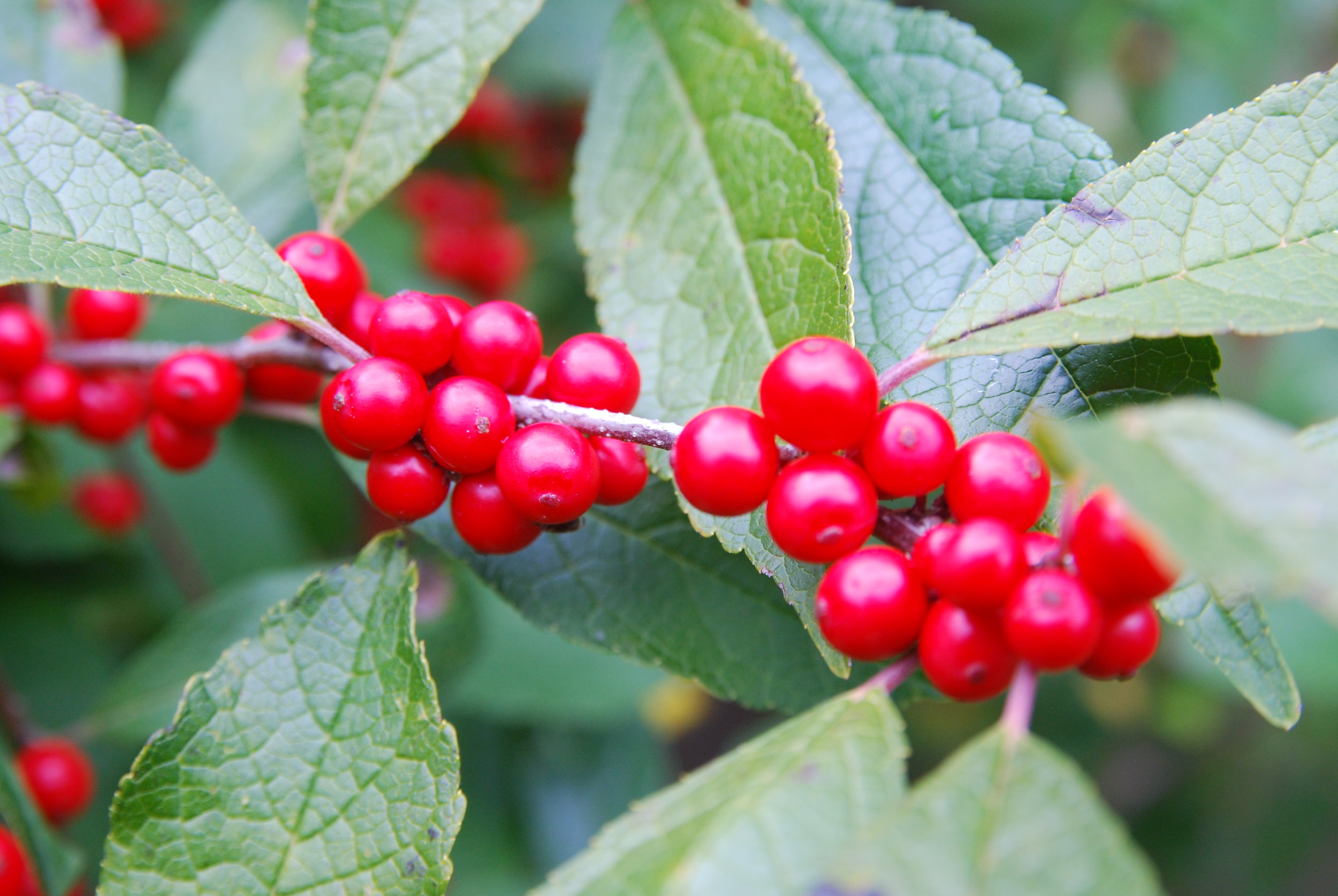Thank you to Julie Rubaud and her team at Red Wagon Plants for having me teach Next Level Seminar: Designing With Color in the new workshop space at the nursery - it was very hot but we had fun understanding how colors work together or contrast, how to add colors we love to our gardens (including vegetable gardens) and learning about plants that provide outstanding visual interest throughout the year. The handout was a plant list organized by color - if you’d like a copy, send me an email and I’ll get it to you.
We used paint chips and catalogs to cut and paste collages, then added notes. These pages are useful in planning new beds or borders, when we want to renovate existing gardens, or just to experiment and it’s fun to combine images in this way, overlapping, moving things around to visually see what combinations we like (easier than digging up plants and moving them).
The student above clearly loves pink, orange, purple. Some of her choices include clematis, Japanese maple, coneflower, beebalm, spirea, and the South African torch lily (Kniphofia spp.).
Paint chips are easy guides to work with.
Above: Other selections here include a heuchera with red veined leaves, drumstick allium, a red-tipped miscanthus, and an oakleaf hydrangea shrub with a creamy white flower (Hydrangea quercifolia ‘Gatsby Moon’, USDA Zone 5-9).
Below: This student made a spring garden with vivid orange daffodils but likes cooler tones for summer with icy yellows and chartreuse, purple, and a little deep blue.
What colors move you? Instead of just flipping the pages of a catalog, cut it apart and make your own combinations that please your eye. This is a great activity for winter when we’re starved for color and need inspiration for the season ahead.











